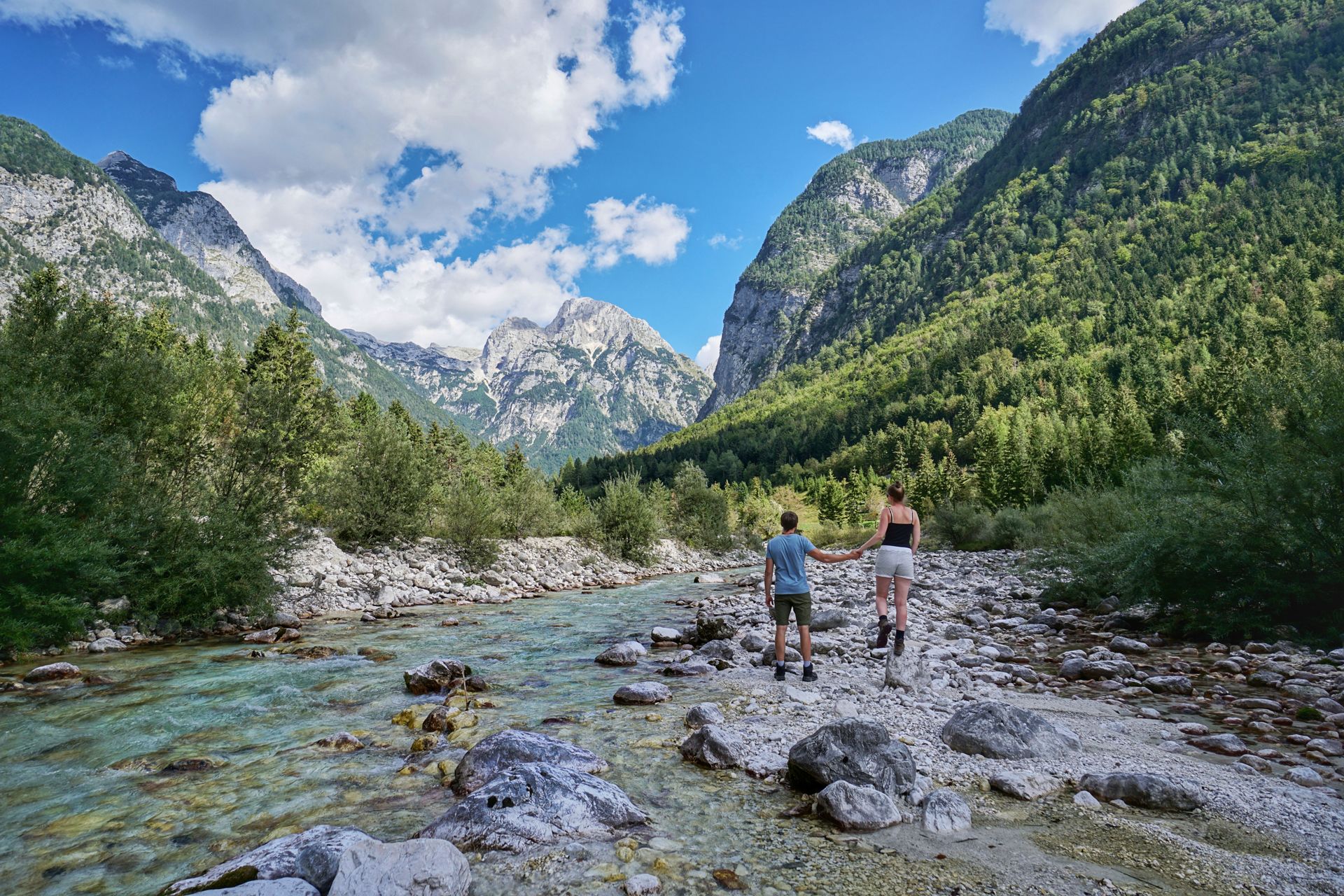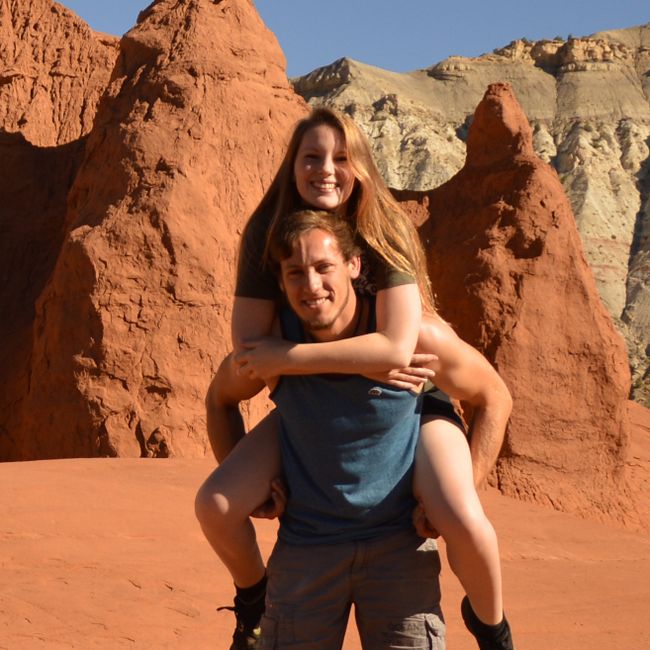Second stop: Peru, Part 4: Inka,Inka,Inka
Publié: 04.12.2018
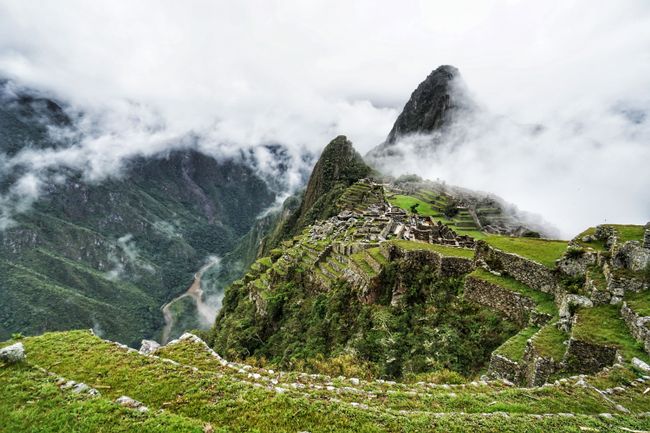
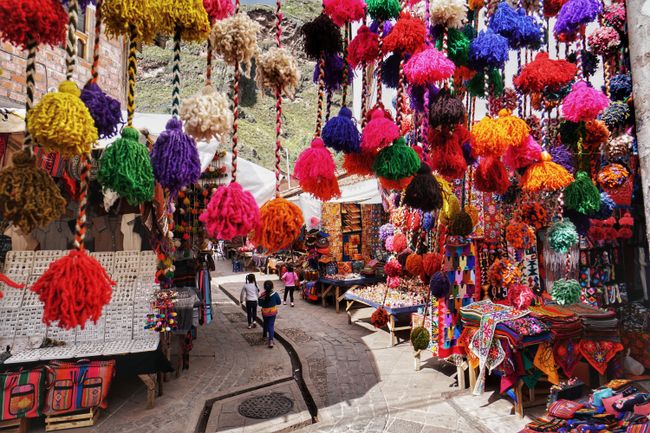
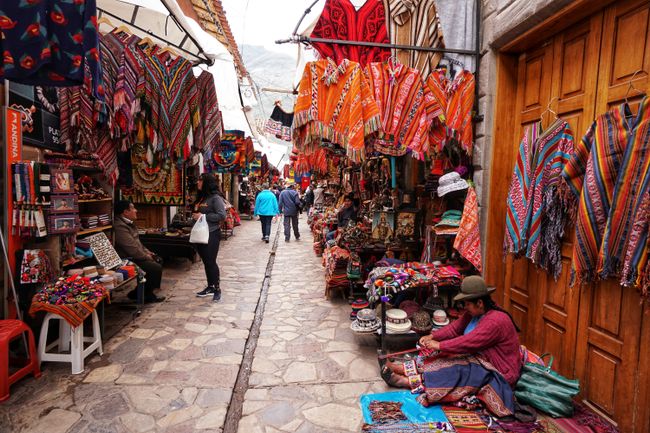
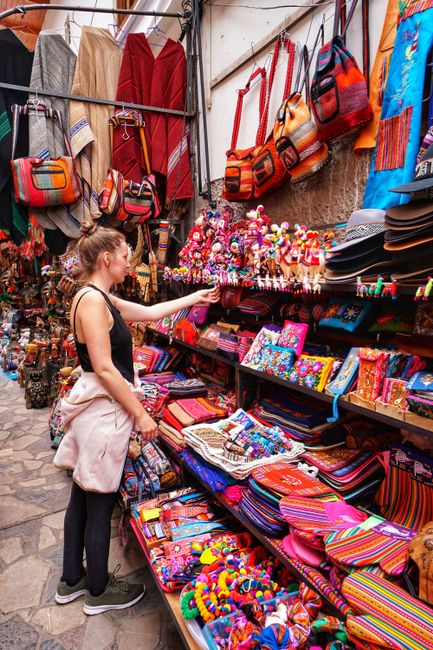

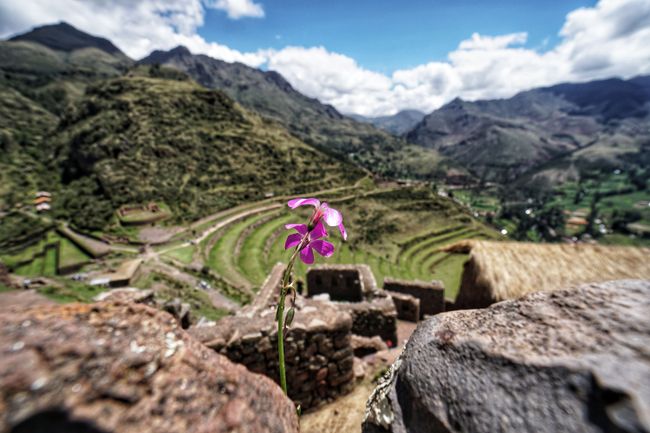
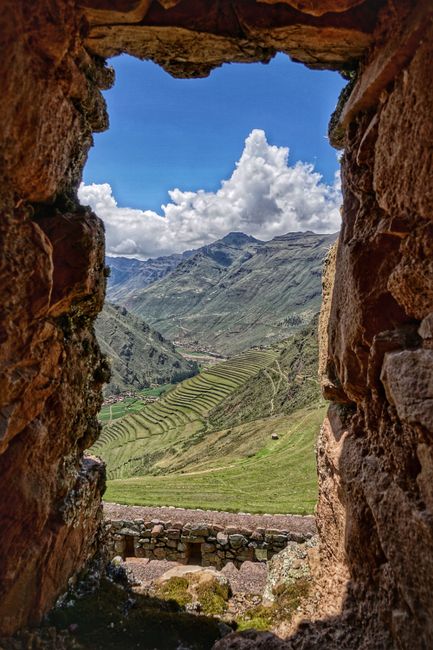
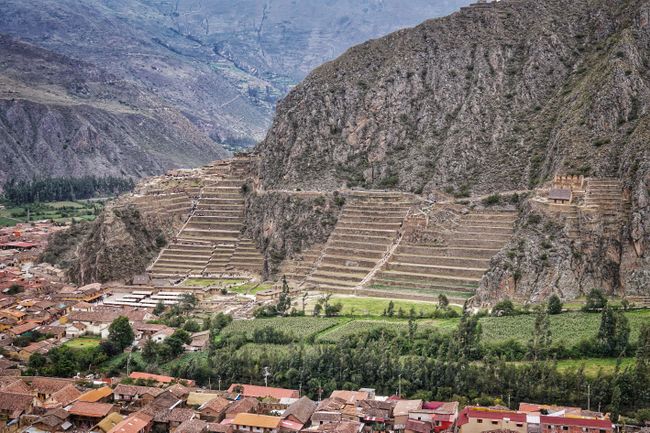
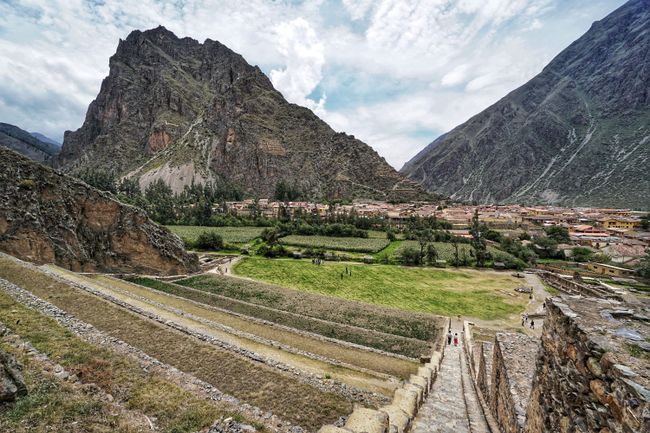
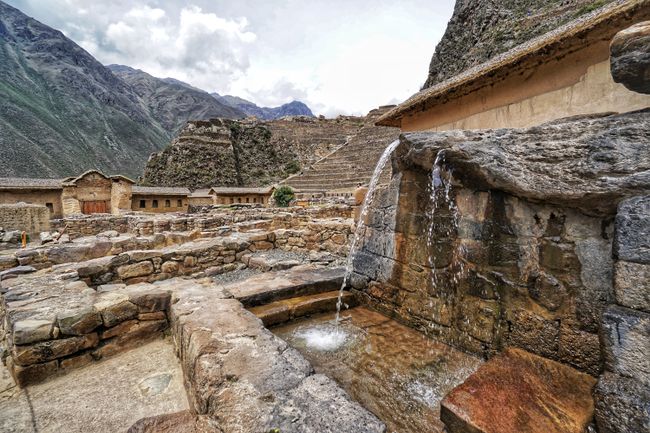
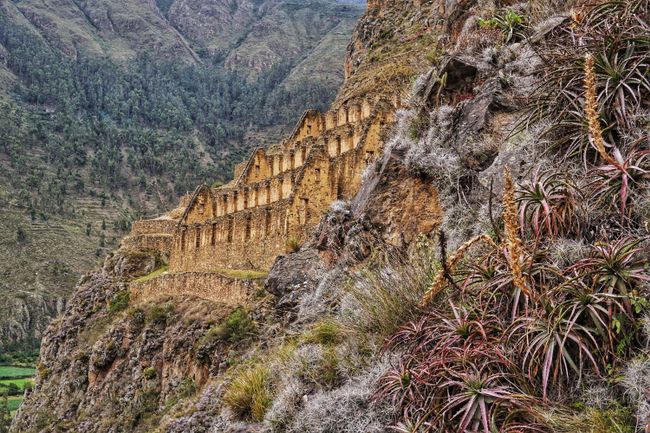
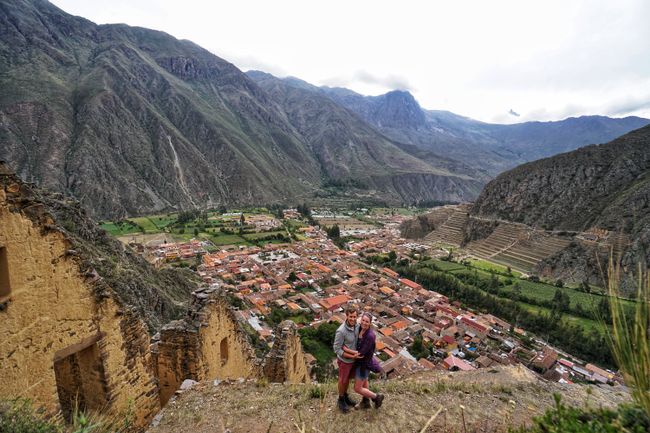
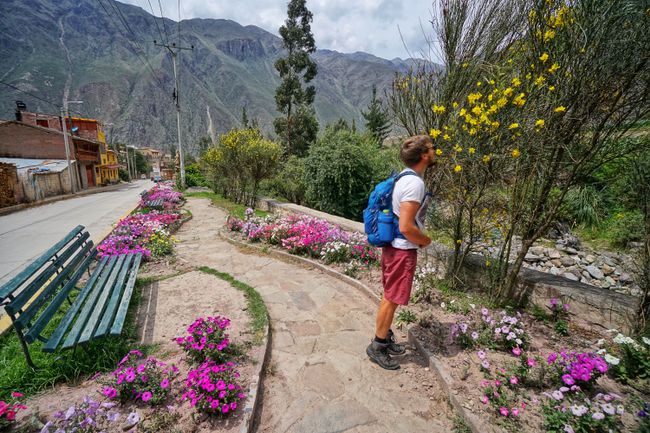
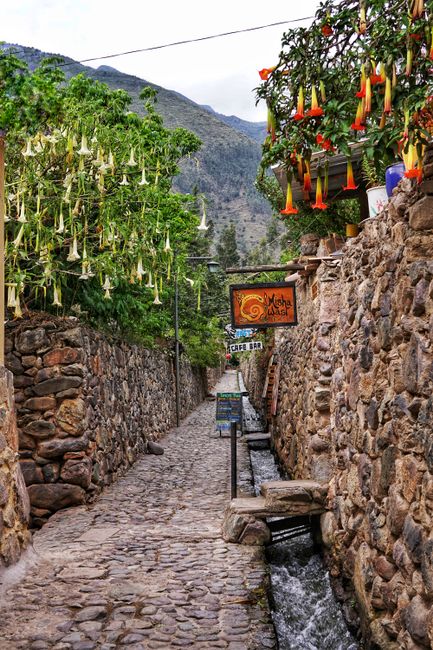
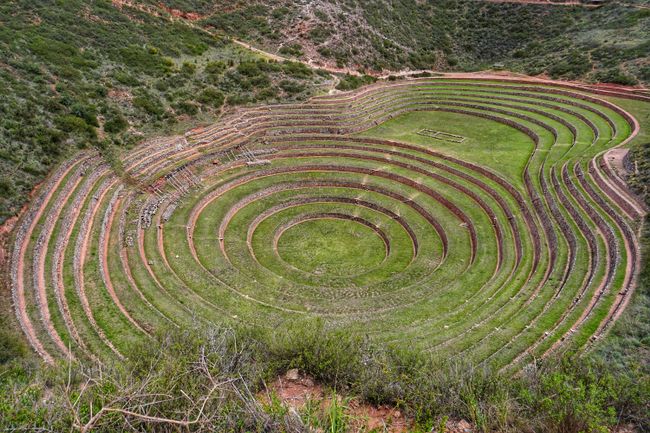
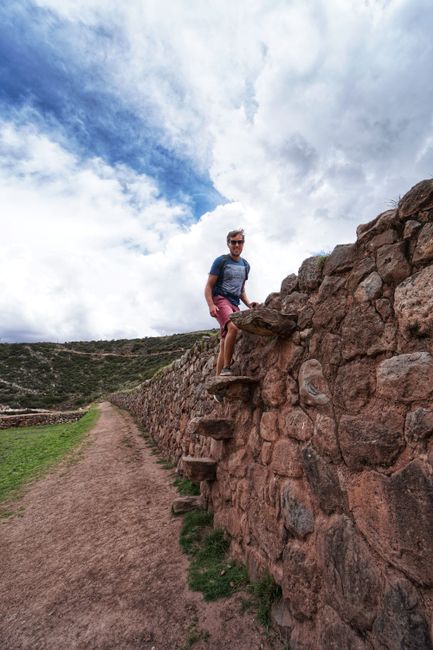
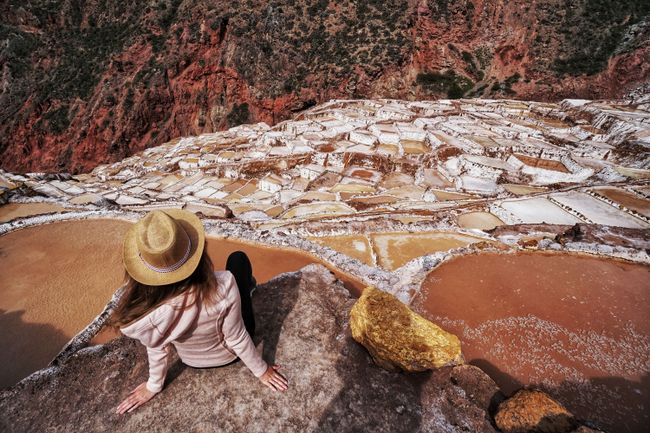
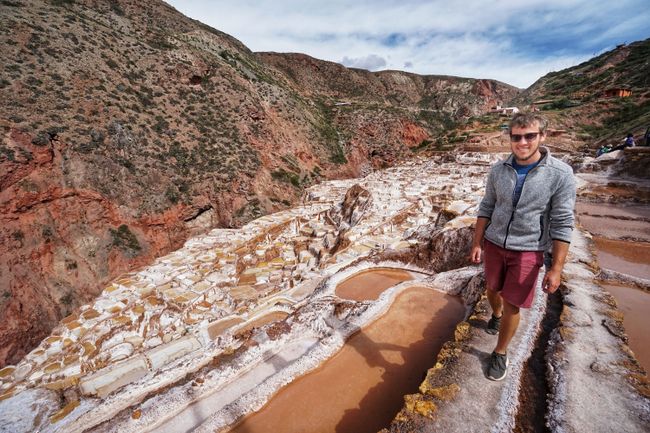
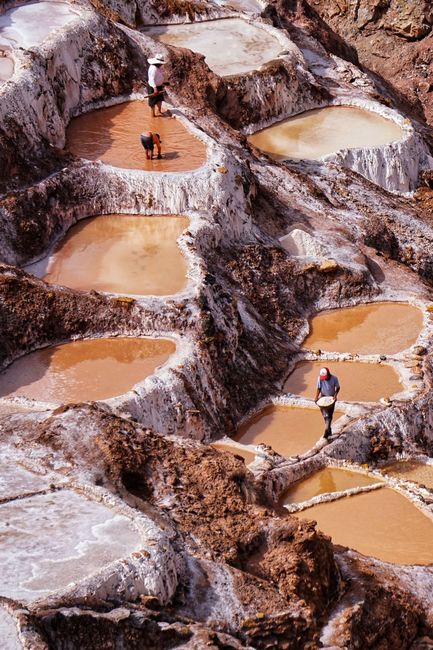
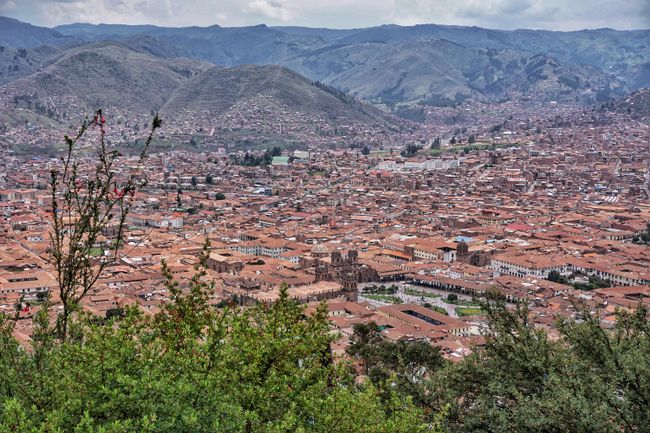
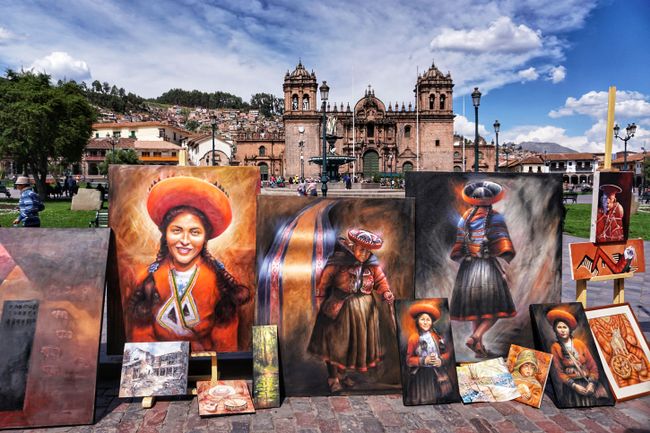
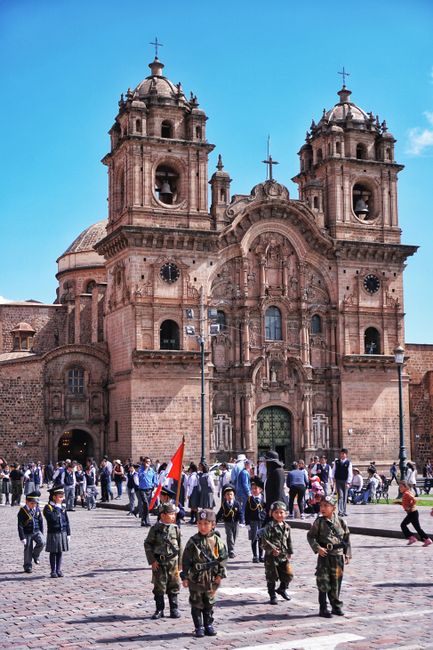
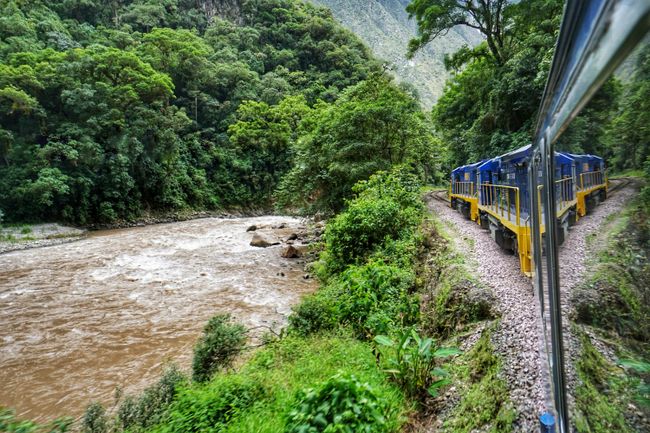
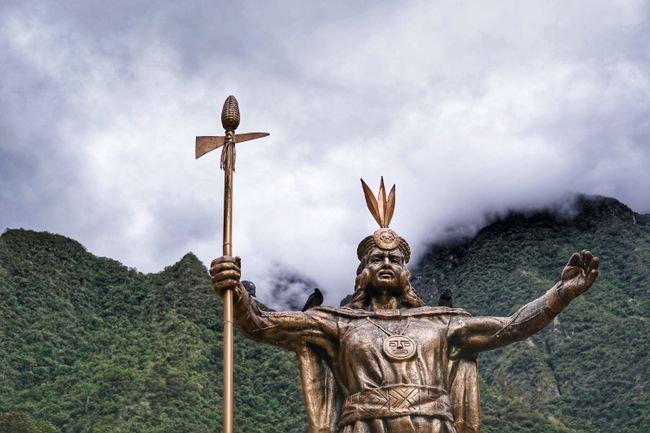
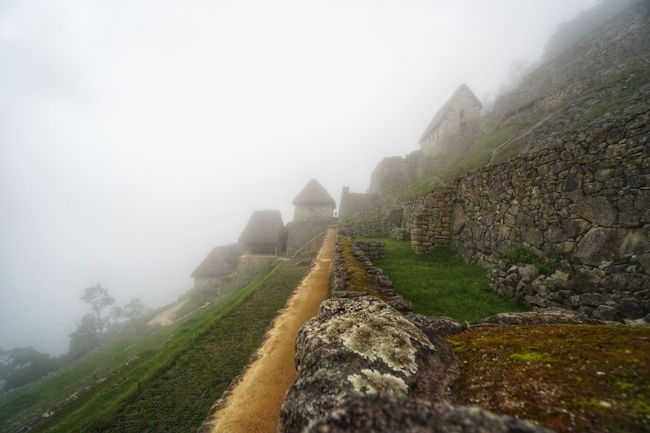
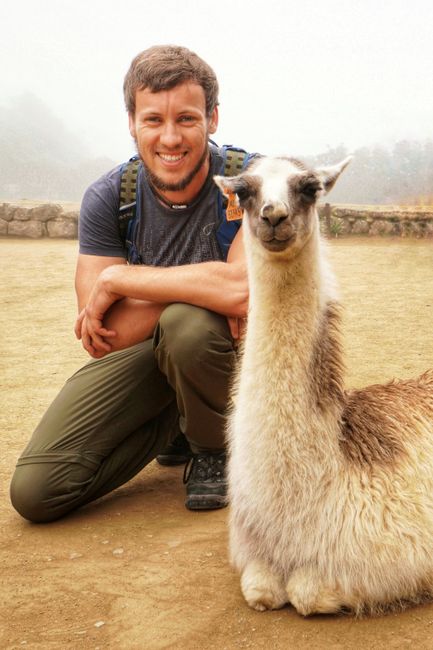
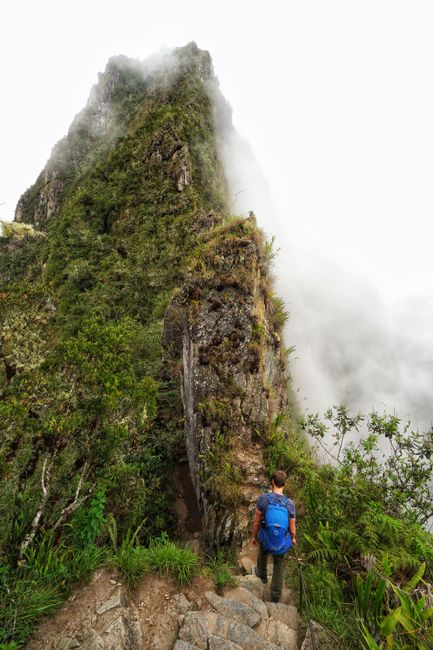
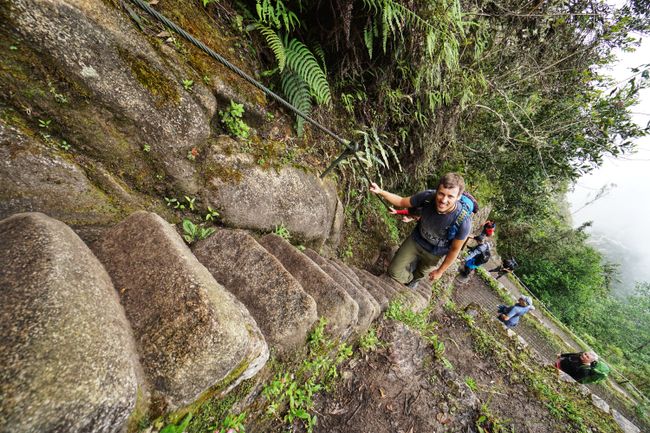
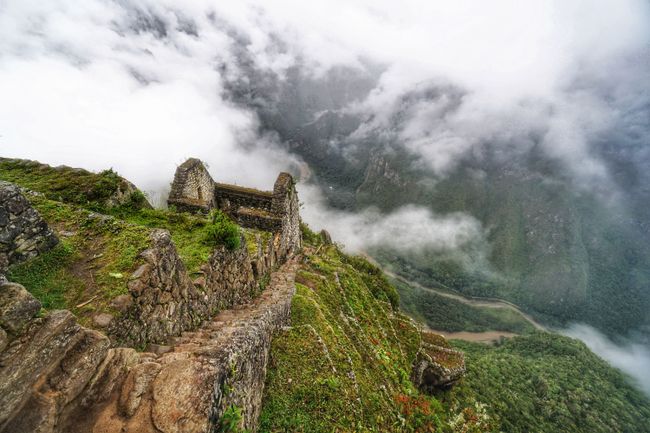
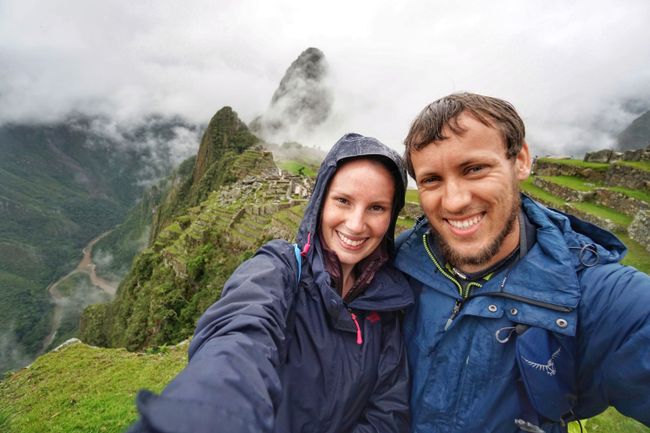
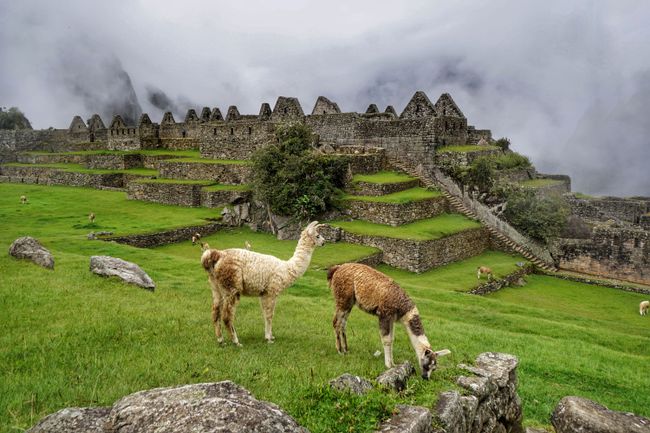
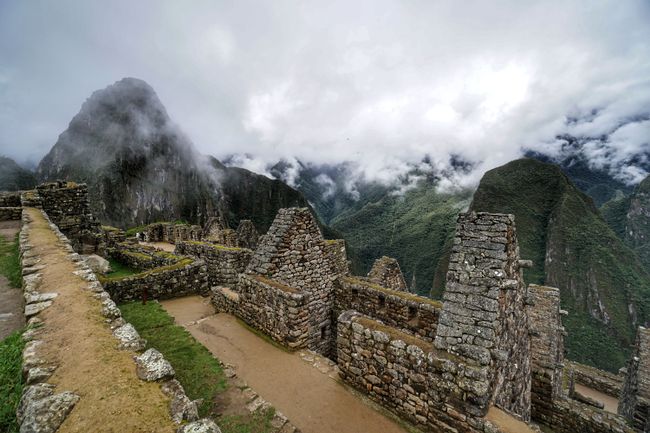
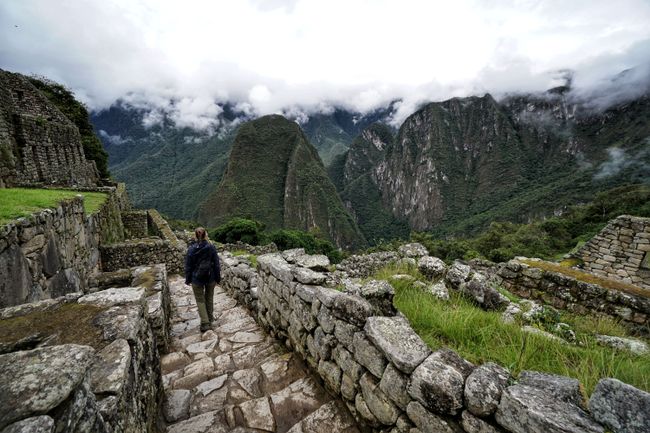
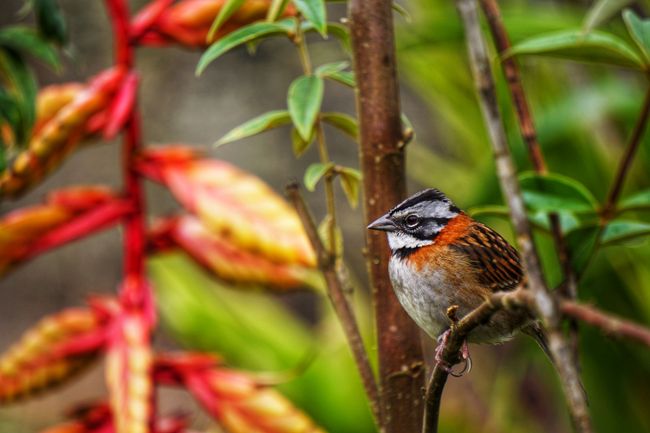
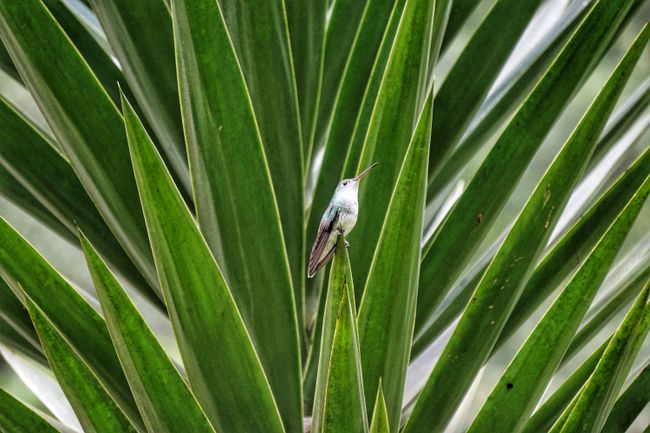
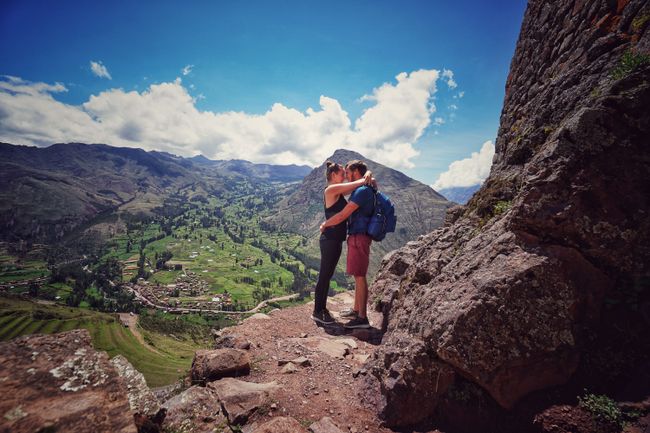
S'inscrire à la Newsletter
The last major section of our trip to Peru took us on the trail of the Incas. The area around Cusco, especially the "Valle Sagrado de los Incas," is home to a variety of ancient sites of this culture. At this point, we want to mention that you will miss out on a lot if you limit your trip to Cusco to just a visit to Machu Picchu. While Machu Picchu is certainly the most famous attraction in Peru, we have found that this does not necessarily mean how worth seeing a place is. Therefore, our first stop took us to Pisac, a small village in the Sacred Valley that is famous for its well-preserved sacred Inca site as well as its market. Another self-proclaimed celebrity in the village was the owner of our hotel and his family, who enhanced our stay with their loud parties and immense alcohol consumption. All jokes aside, we probably met the king of loud Peruvians there and spent sleepless nights. But back to the beautiful things: Pisac's market, which stretches through half the village, blew us away with its colorful colors and made us richer by a tablecloth and a sweater.
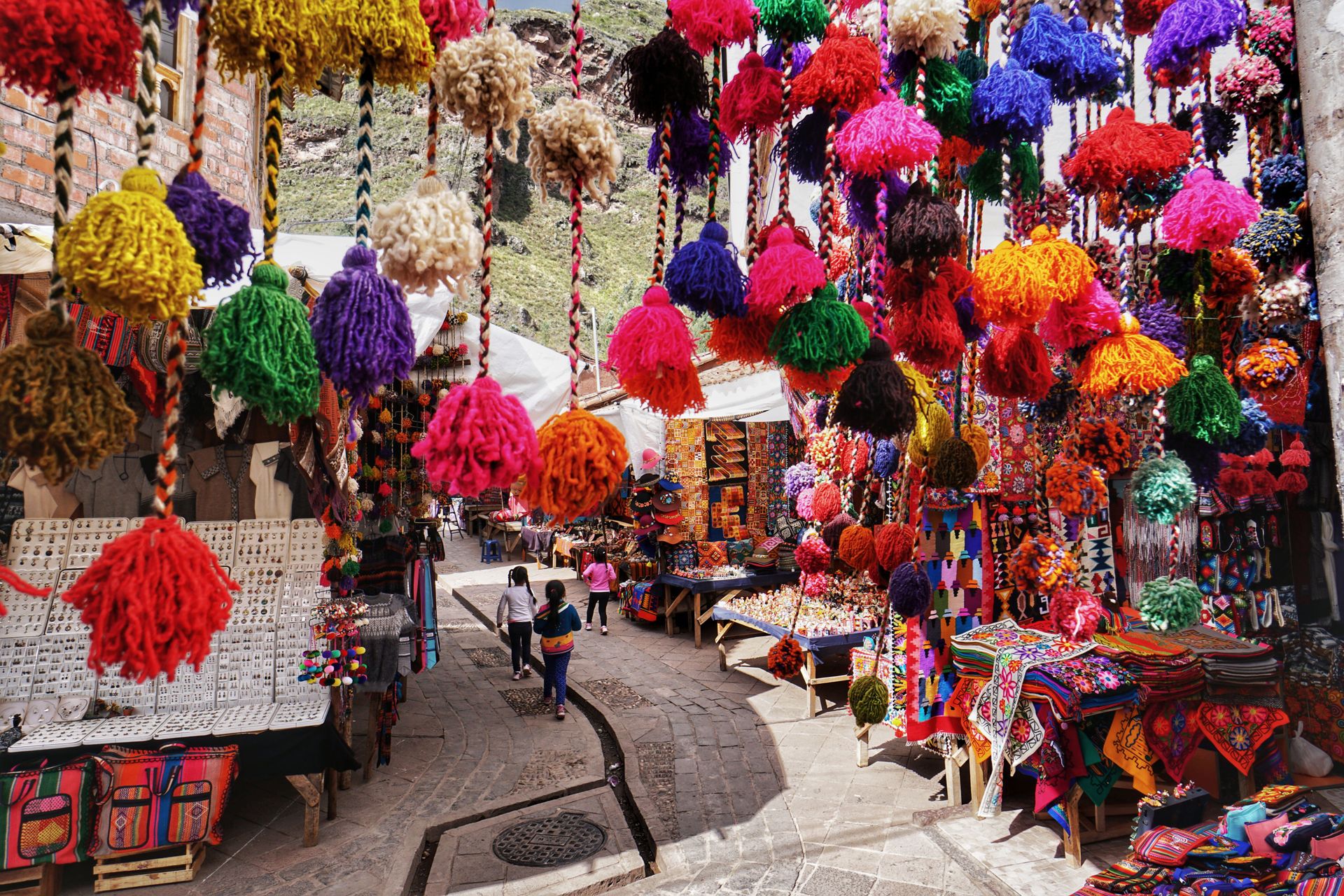
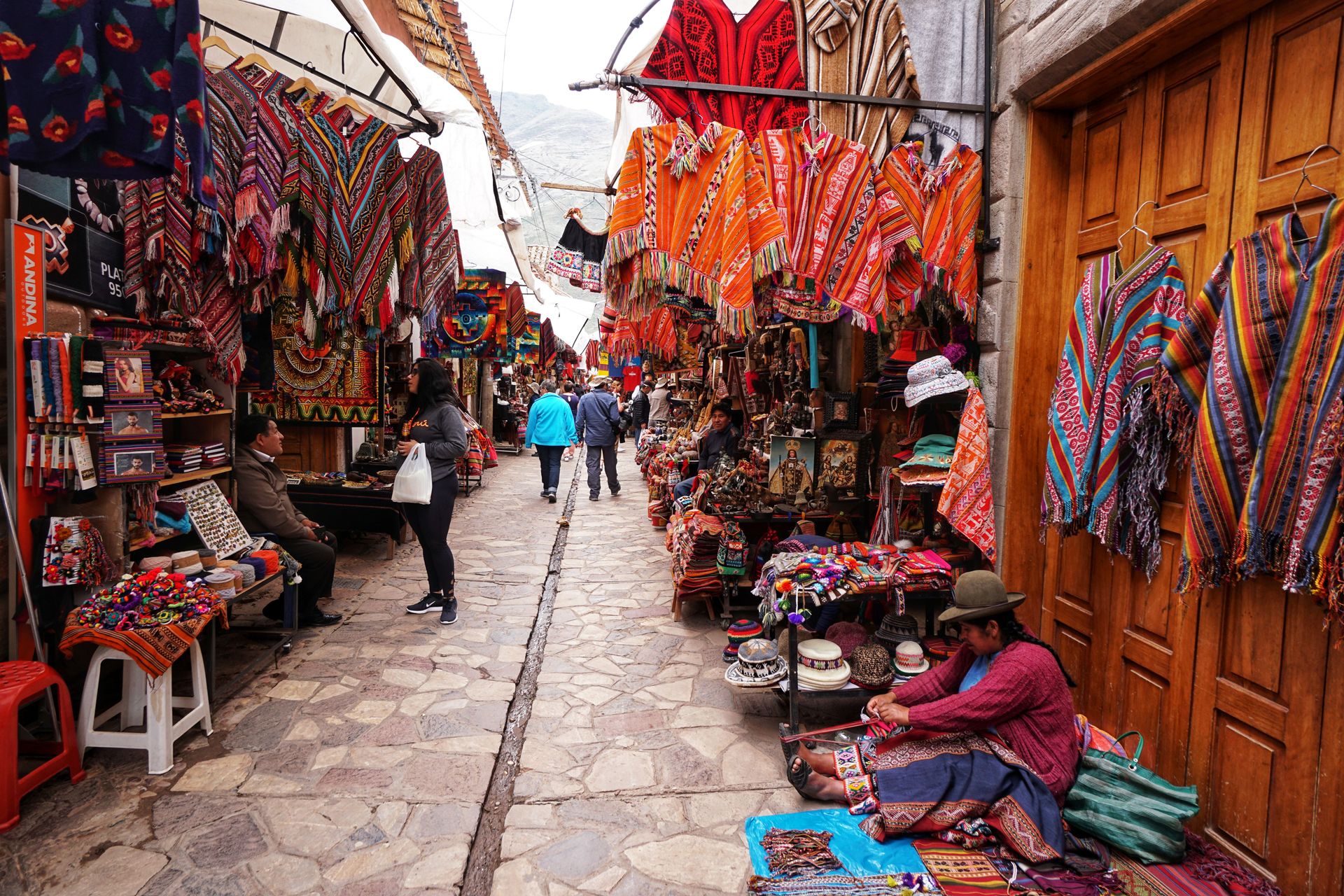
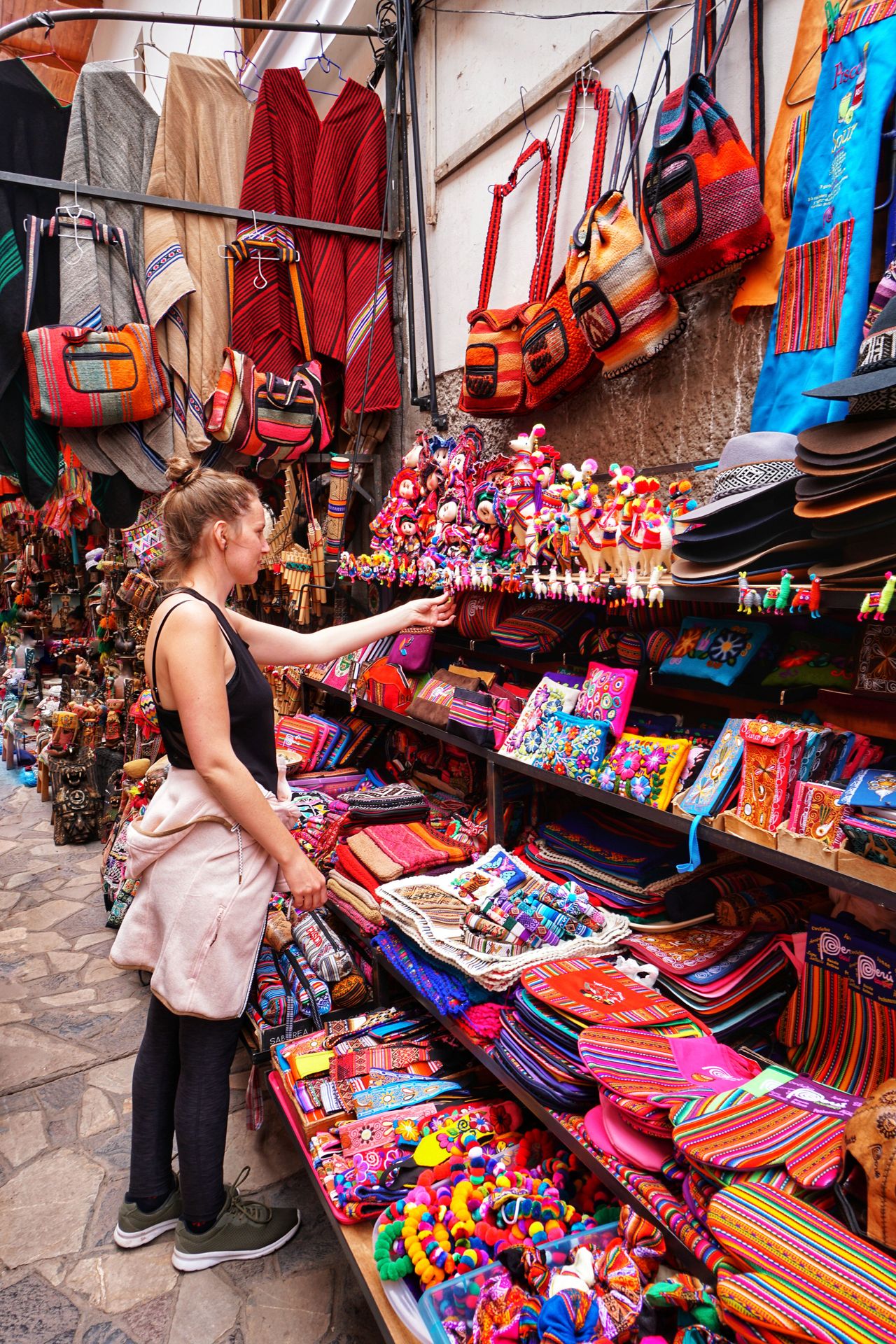
In addition, the Inca ruins of Pisac enchanted us with their size and location, as they are located in the midst of steep mountains with deep canyons. In addition, we had the pleasure of exploring their winding houses and steep terraces almost completely alone. This circumstance is rather rare in the Sacred Valley, as it is one of the most popular destinations for all travelers.

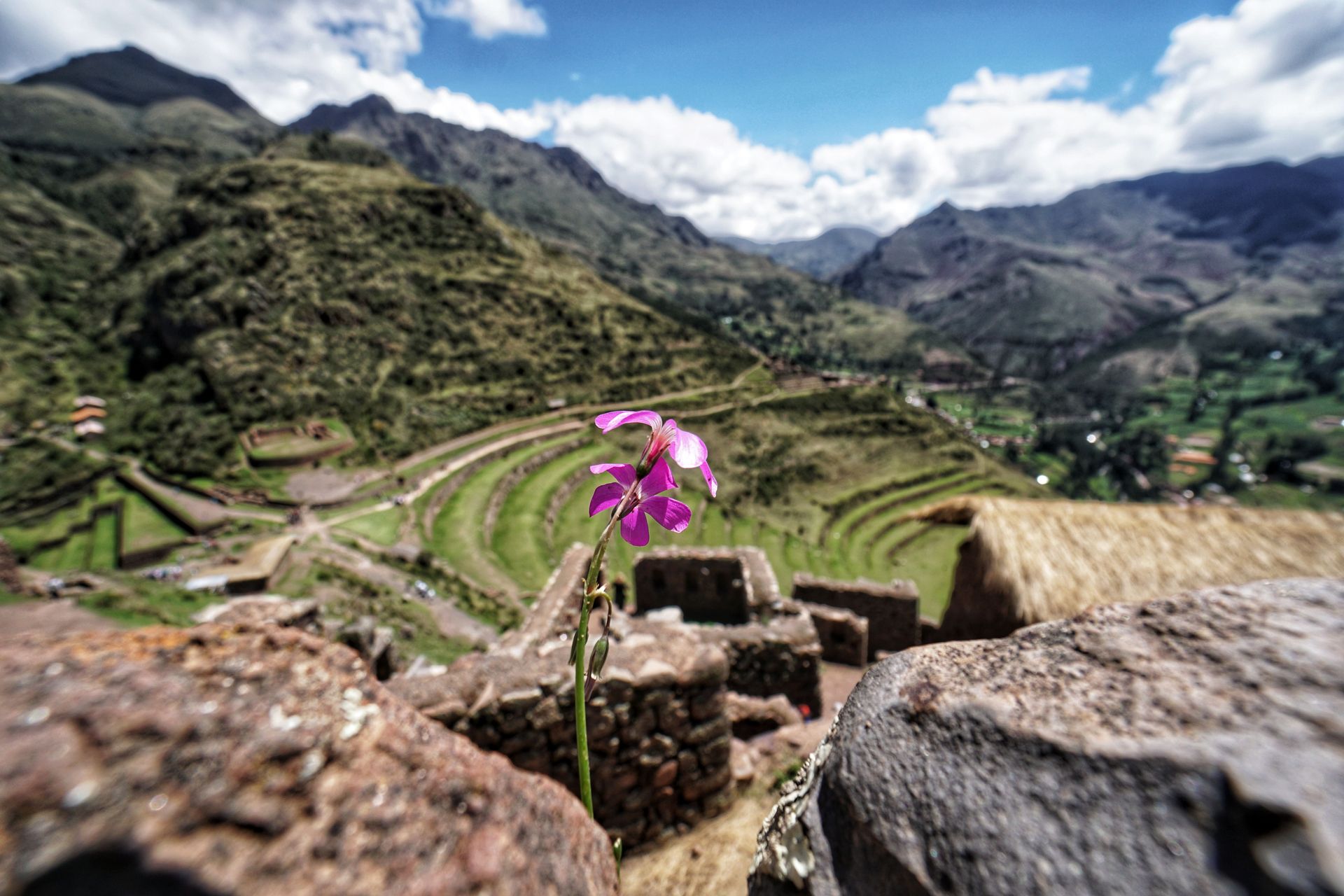
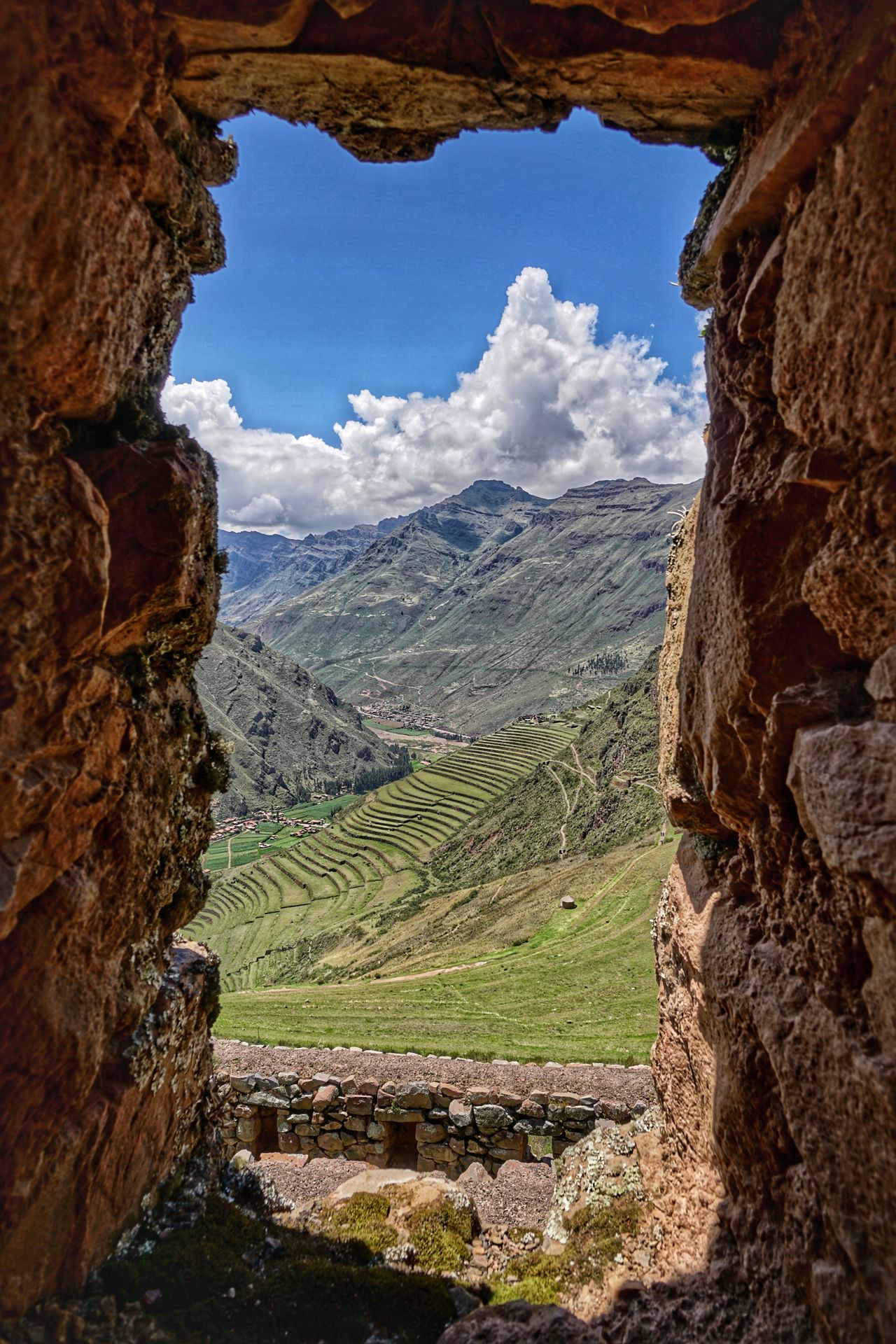
To find some peace after Pisac, we ventured deeper into the Sacred Valley to the beautiful village of Ollantaytambo. This place is famous above all for its Inca site, which was designed in the shape of a llama. While priests and astronomers probably lived with their servants in the Inca site of Pisac, the Inca site of Ollantaytambo housed the more prosperous bourgeoisie, princes and princesses, and had some ceremonial rooms, such as a Sun Temple. This site is also very well preserved and tells the story of a more bourgeois life in Inca times. We have found that the life of an Inca must have been very strenuous and they must have been very fit, as all the sites consist mainly of stairs.
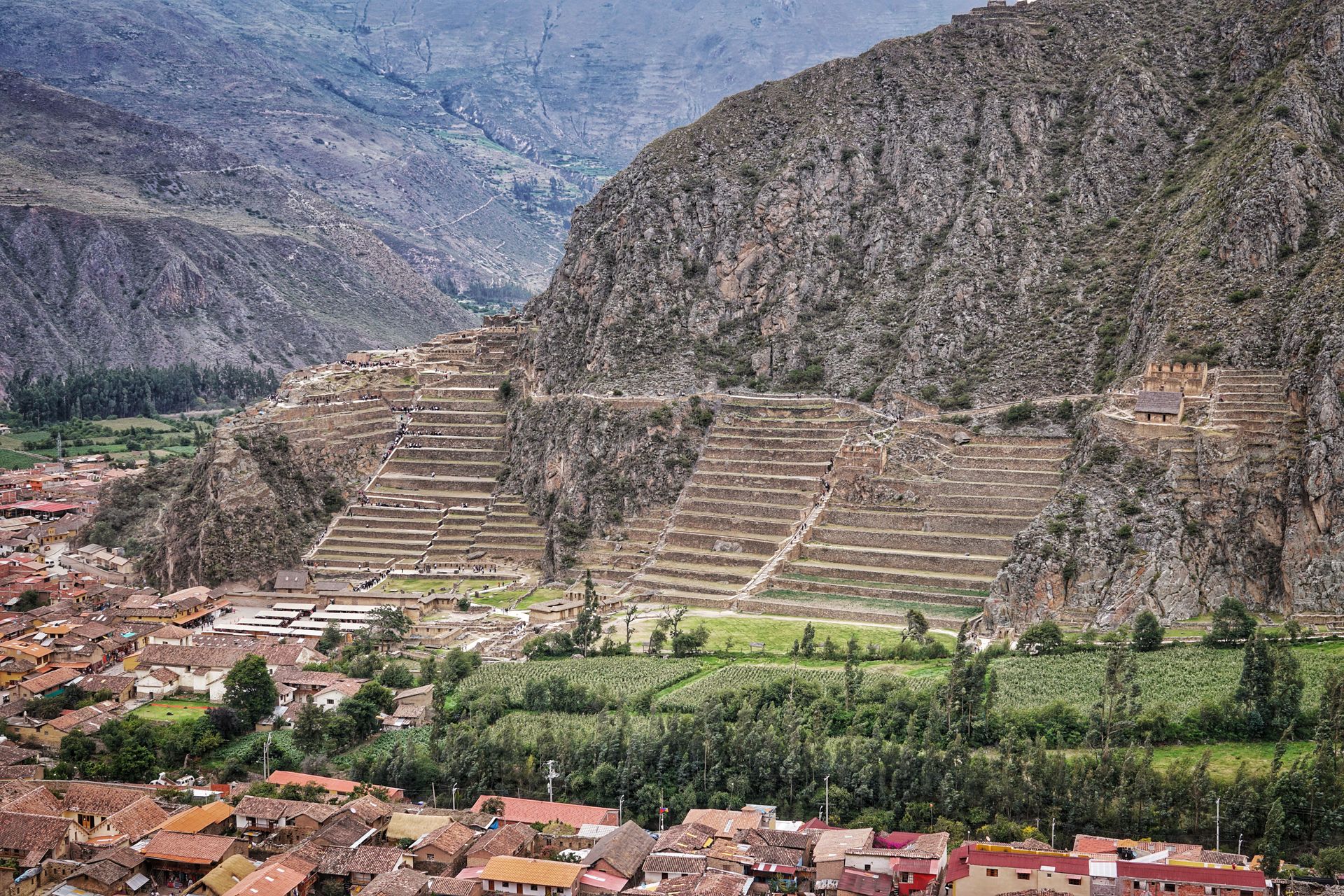
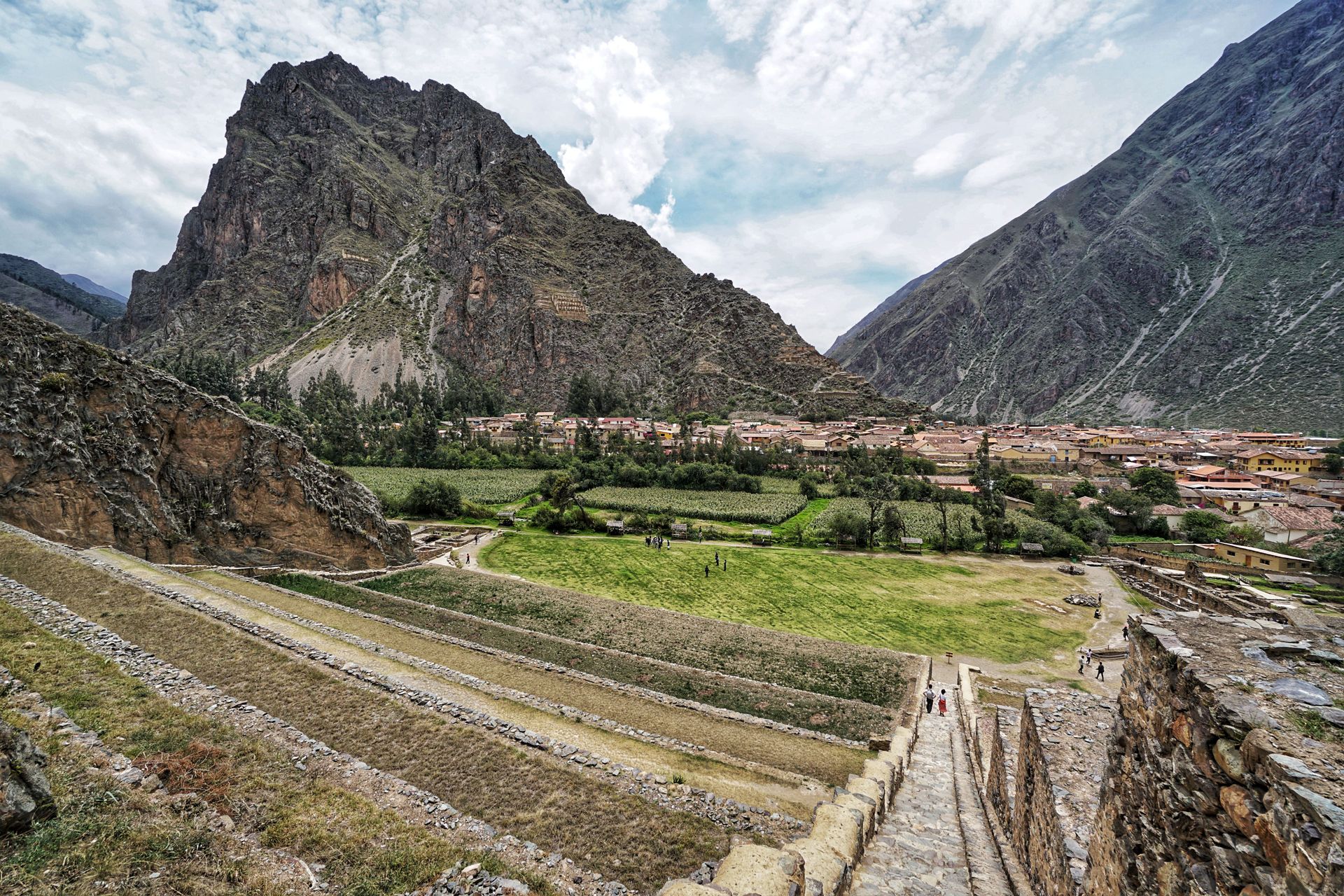
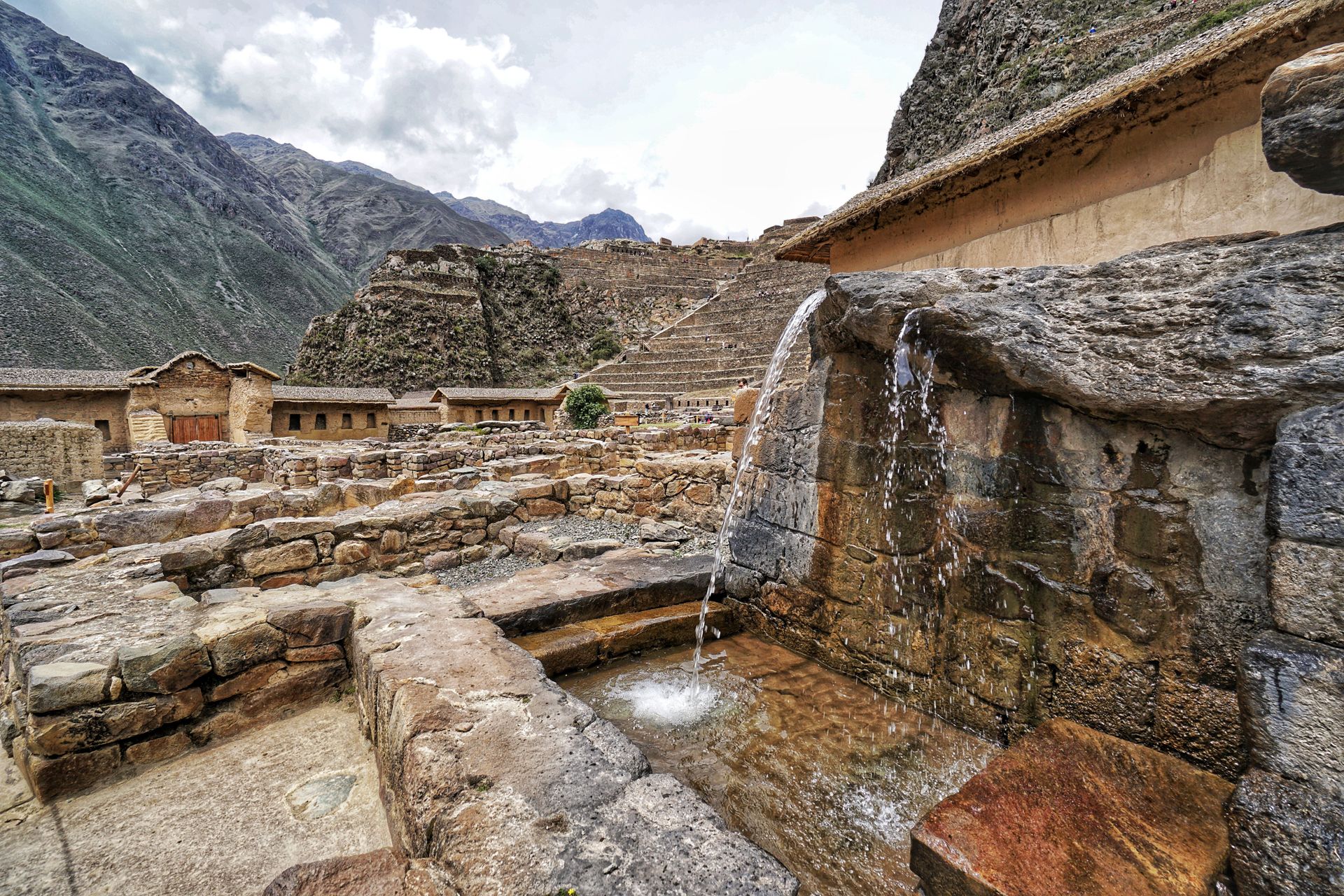
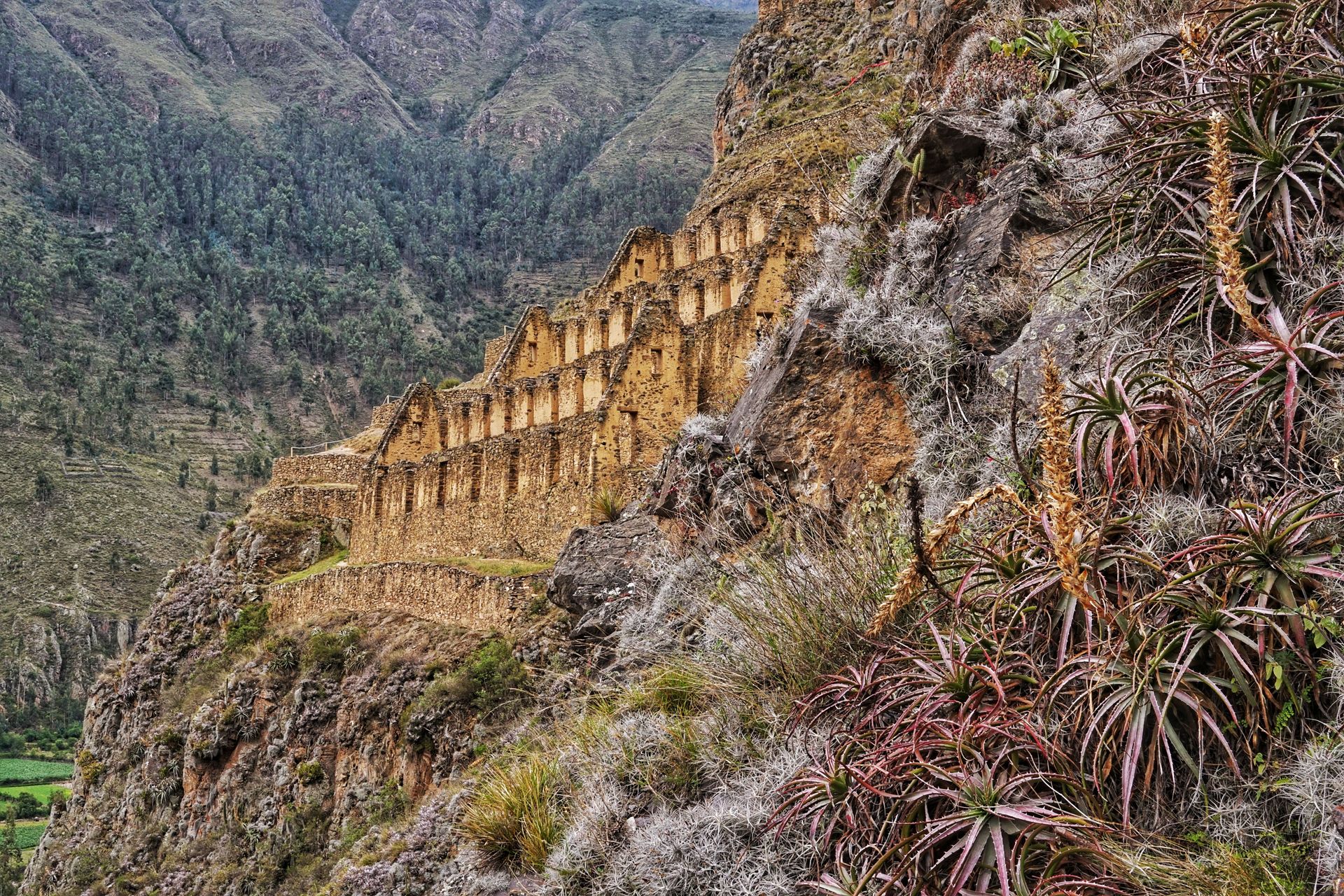
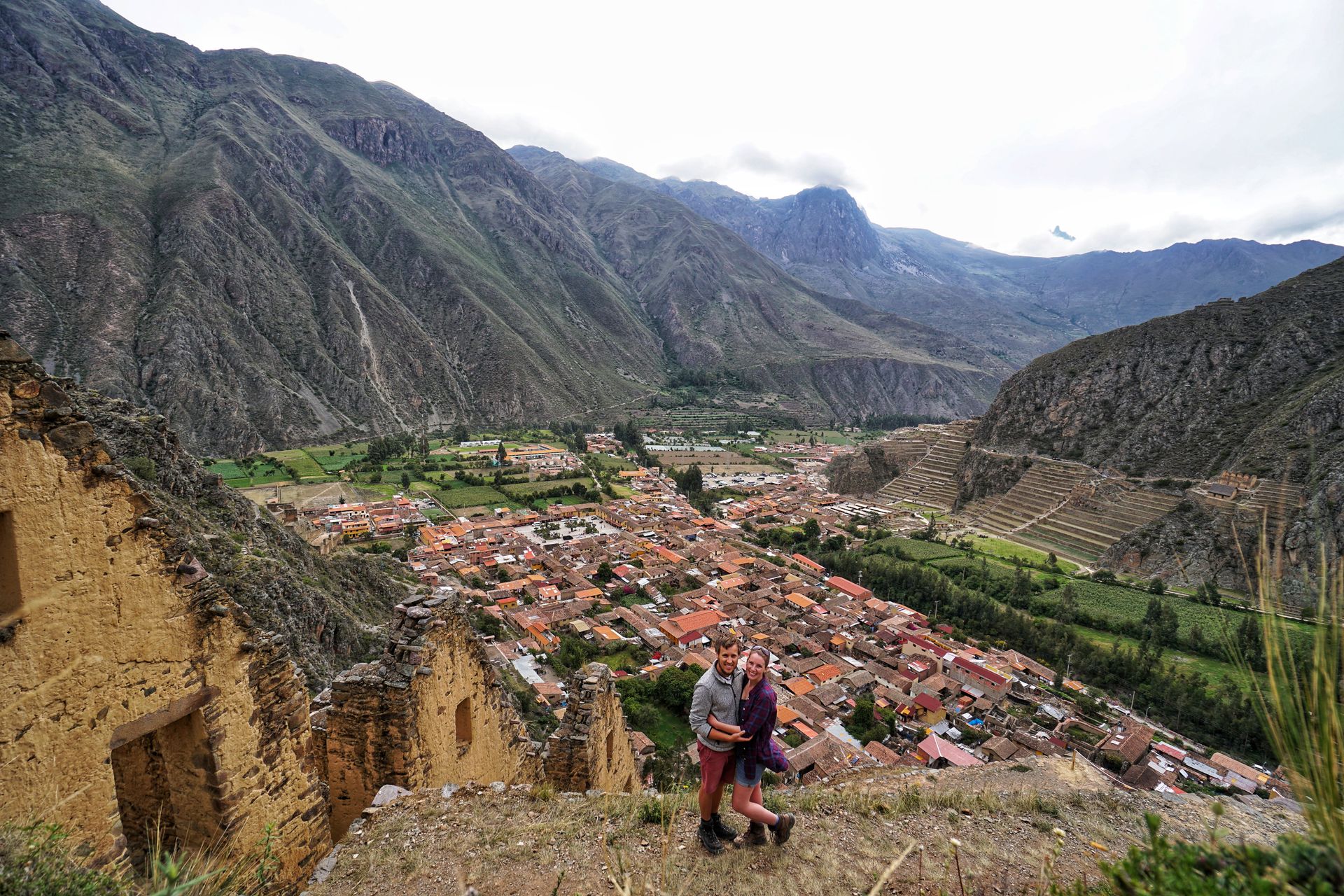
In our accommodation, we also felt like a prince and a princess, as both the view of the ruins and the breakfast left nothing to be desired. However, peace was not granted to us here either, as it is nice to have a river right next to the house, but during the rainy season it can get quite loud.
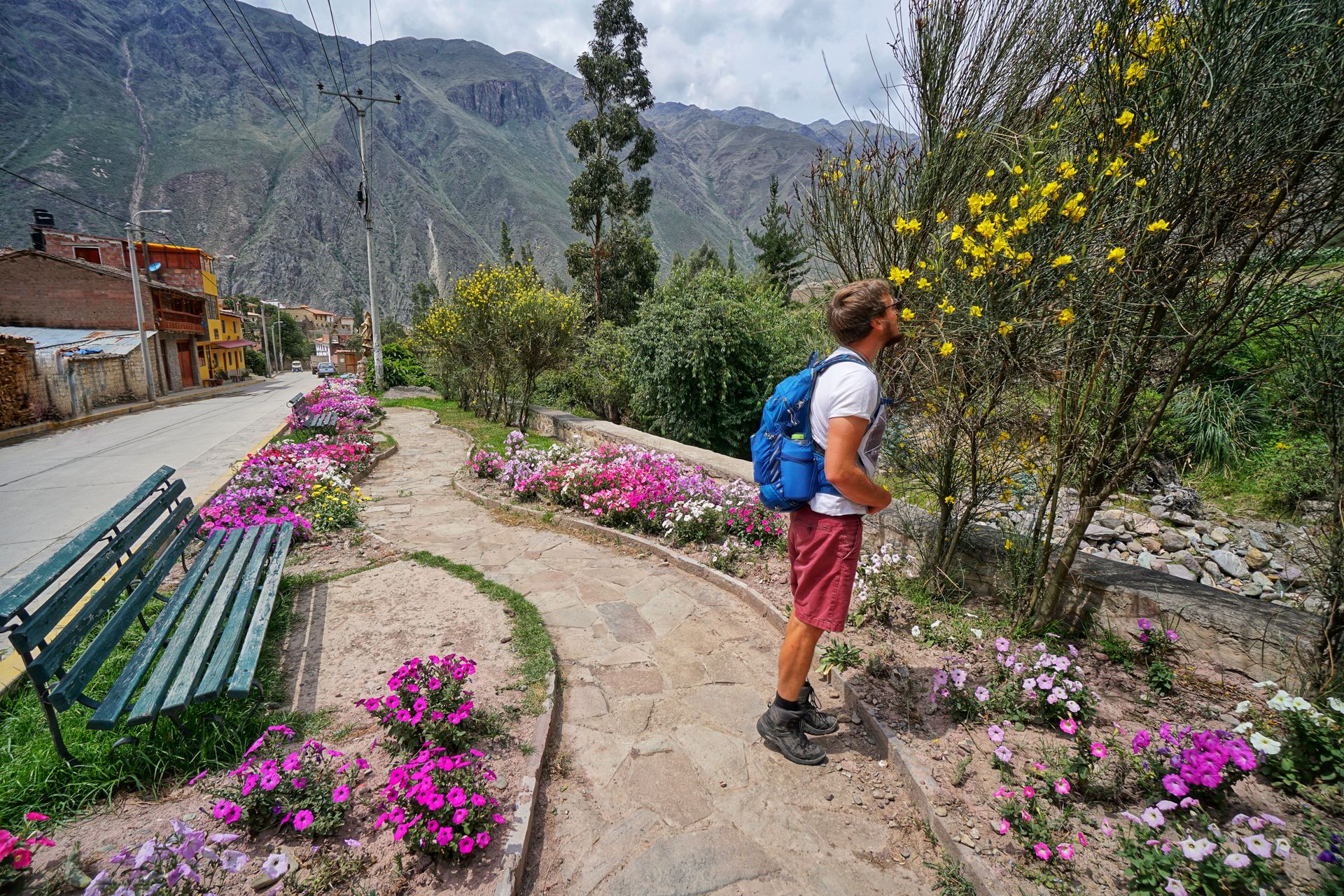
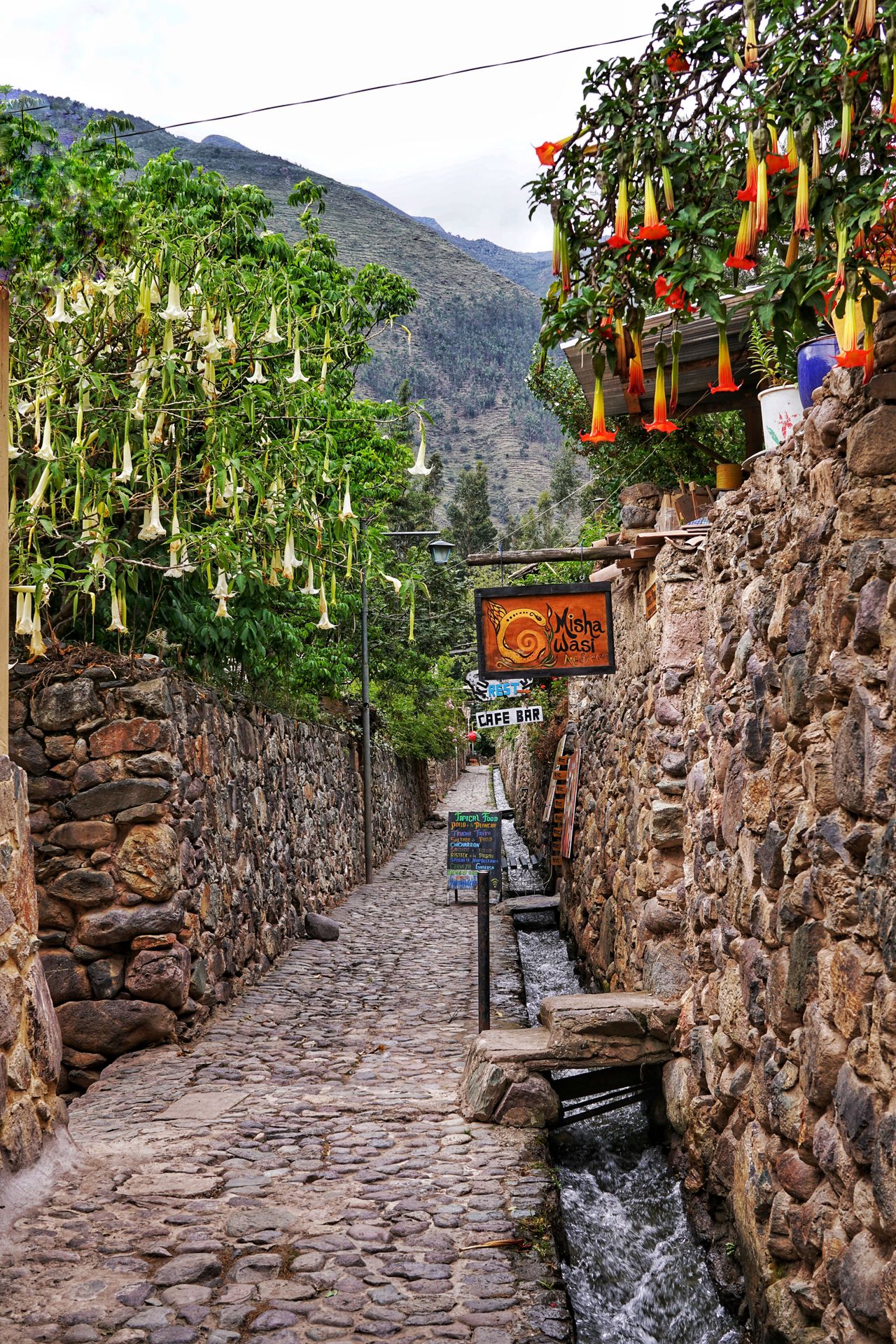
In Moray, we also explored the facilities for experimental agriculture of the Incas and saw the Salinas of Maras, which are used to extract salt from a mountain river, both then and now.


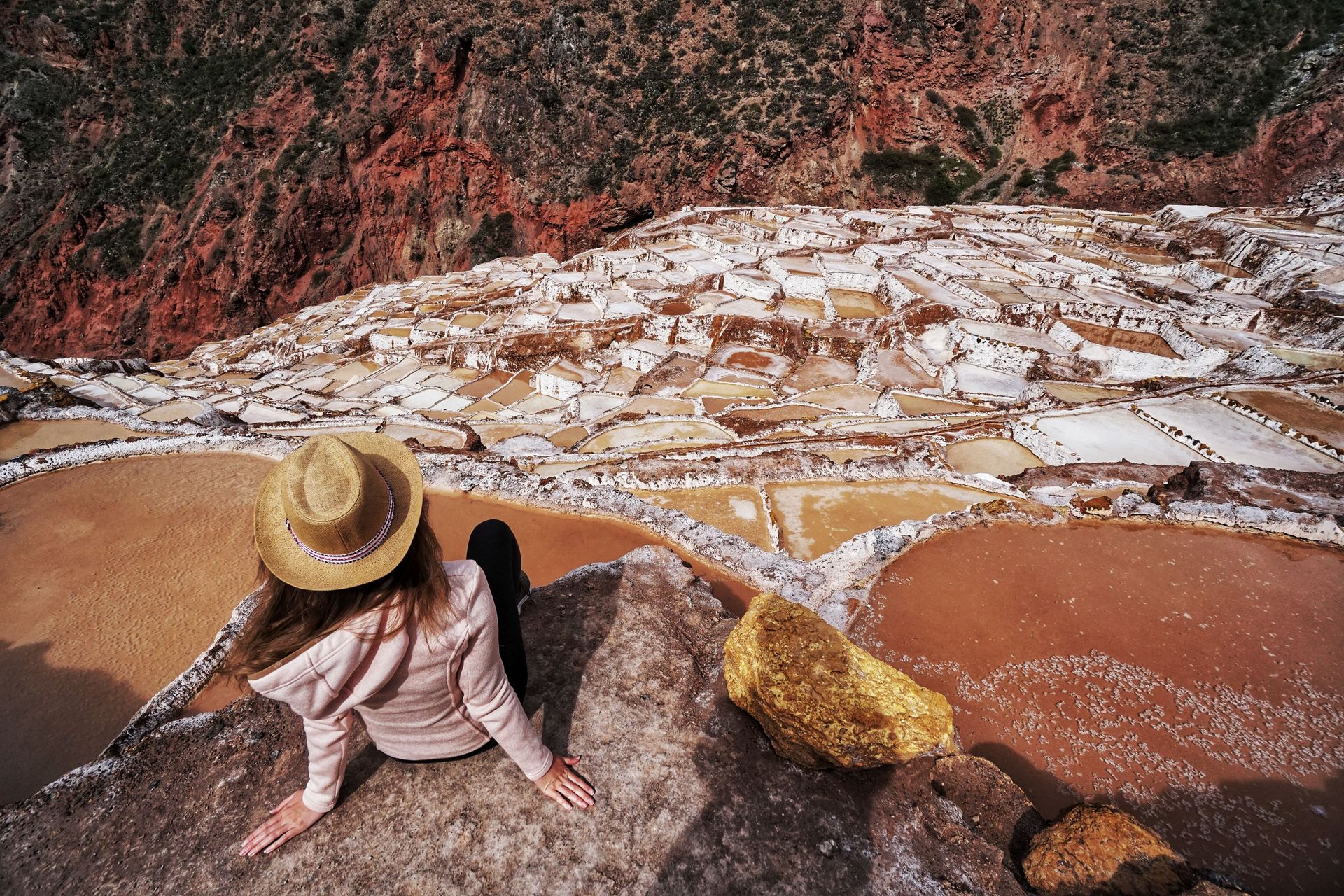
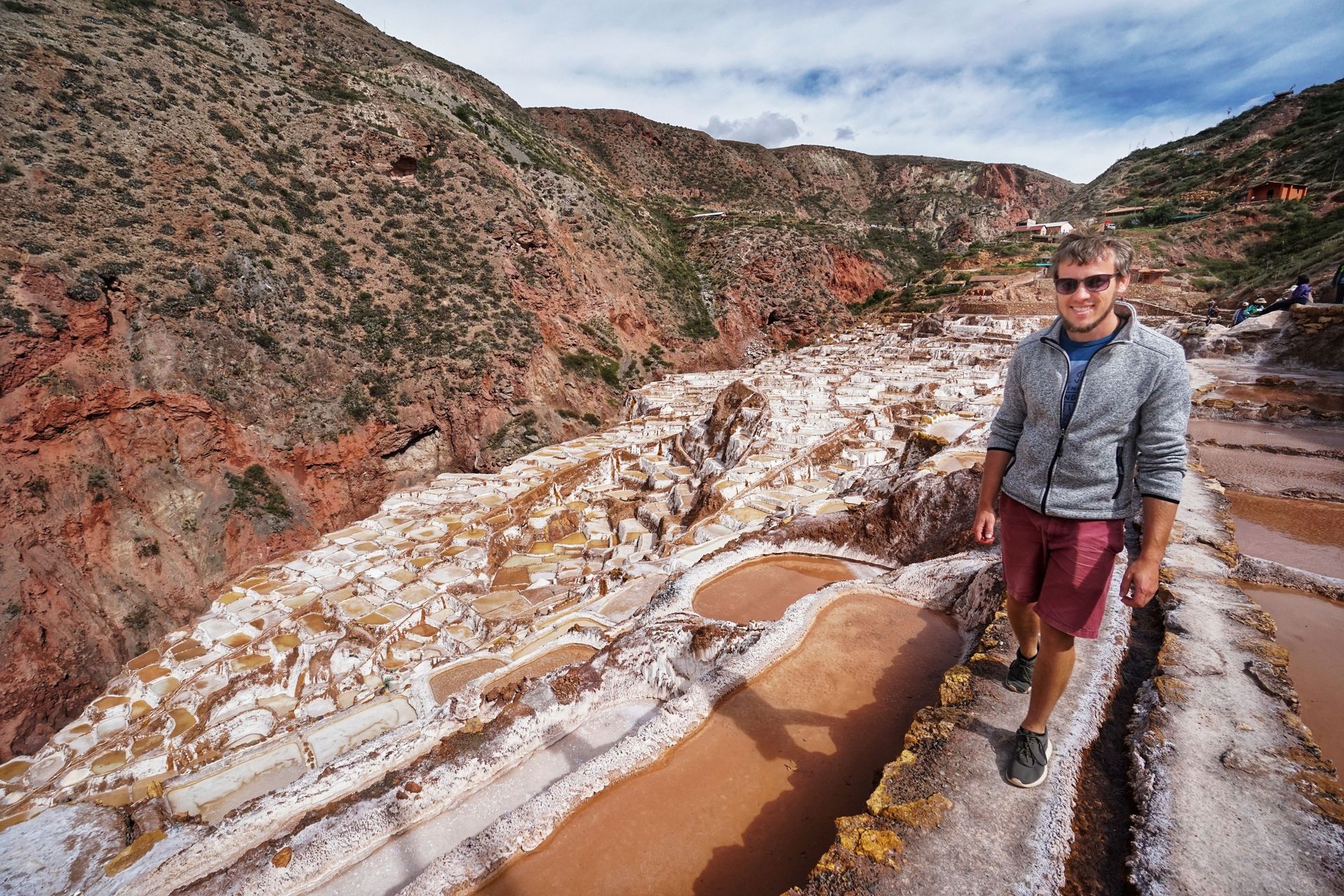
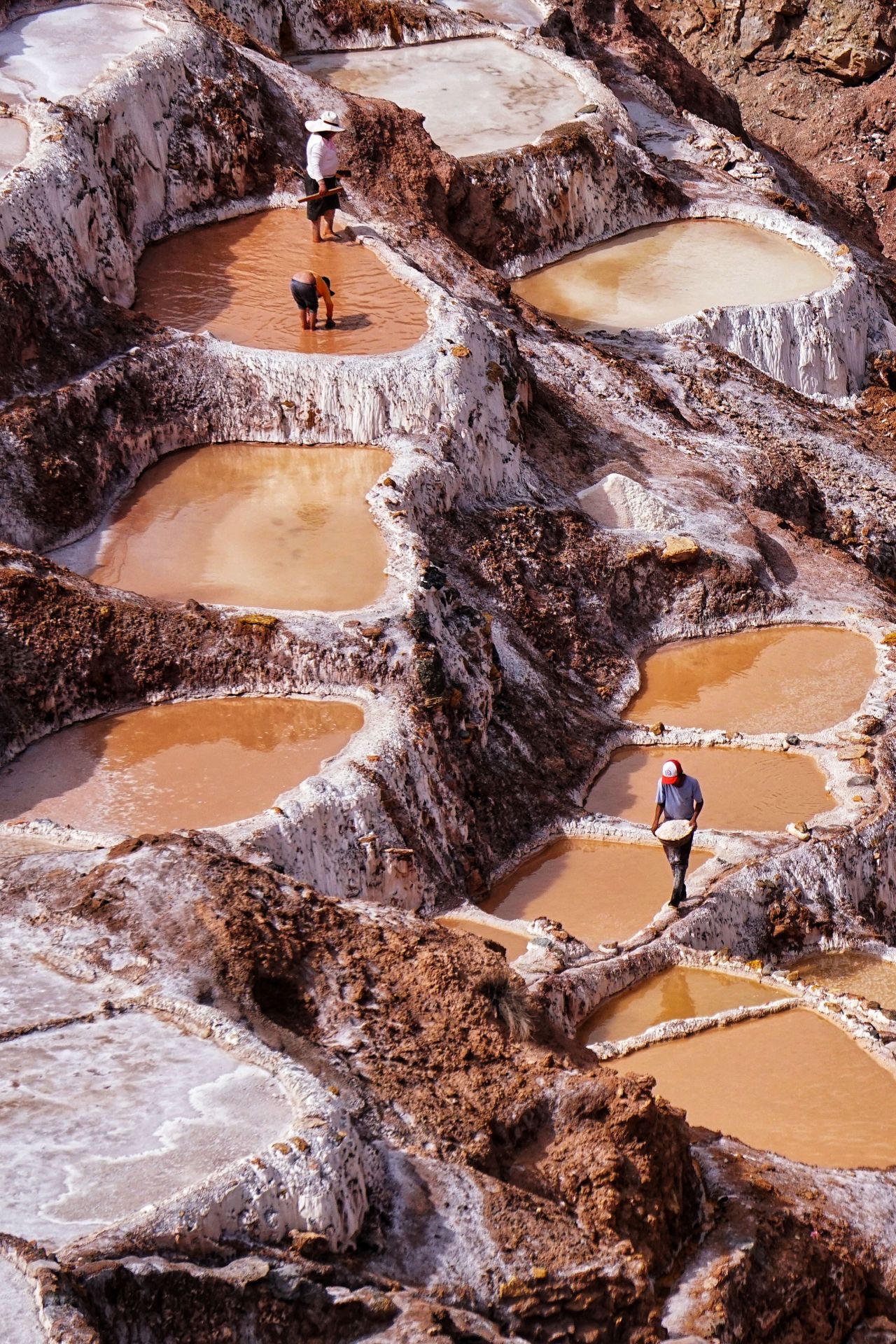
To reach the last Inca site of our journey back in time, we had to return to the urban jungle of Cusco. Even though we were dreading it because we are not fans of big cities and have not had good experiences with cities in Peru, Cusco turned out to be surprisingly beautiful. Although this is limited to a single street, along which many old churches and meeting places are located, but at least we could also enjoy city life here.


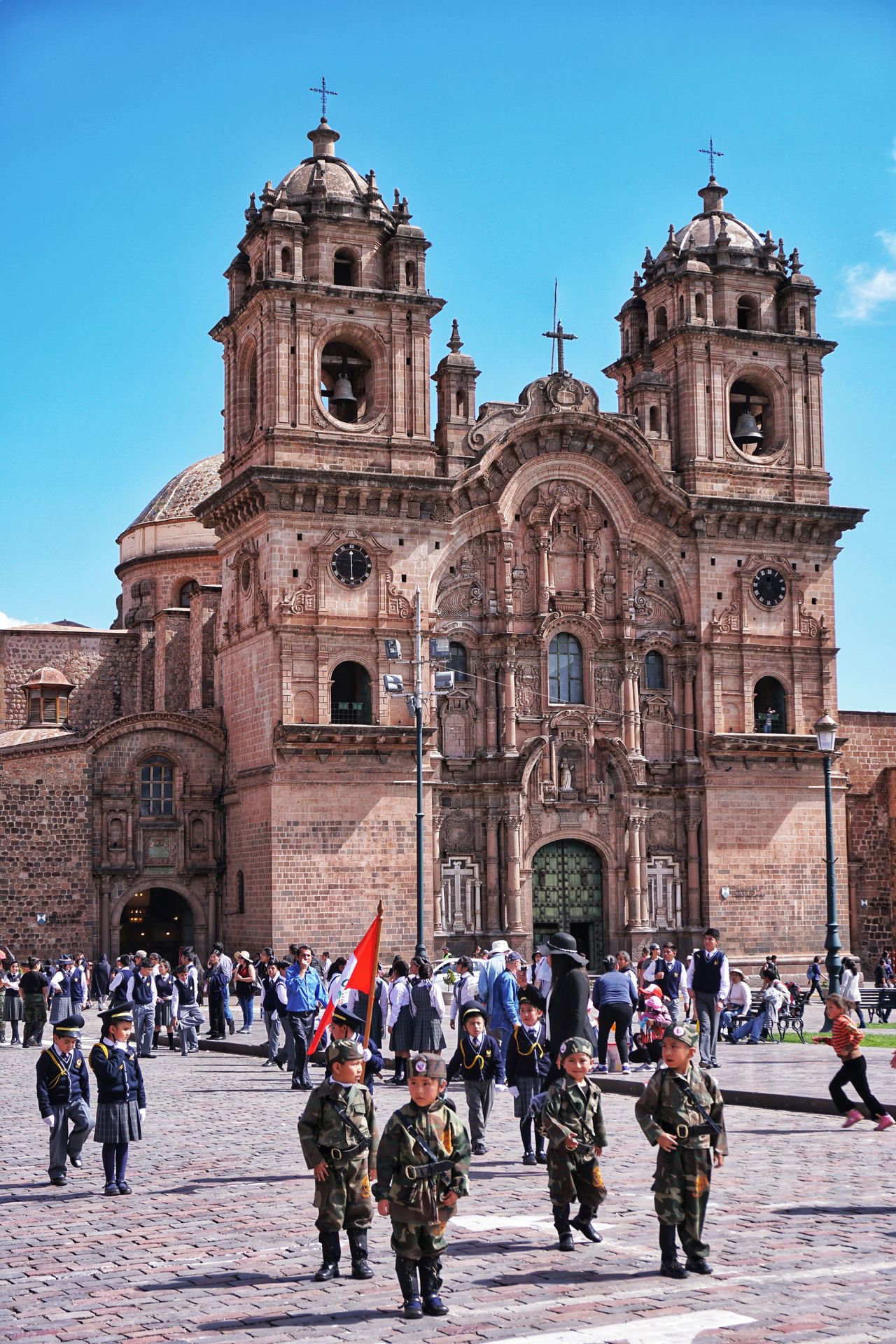
Early in the morning (yes, the early wake-up call lasted throughout our entire trip to Peru), we took a taxi and a train to Machu Picchu Pueblo, formerly known as Aguas Calientes, the village at the foot of Machu Picchu. This village can only be reached on foot or by train, and since we couldn't spend 5 days just getting to Machu Picchu, we had to forego the popular Salkantay Trek and instead let Peru Rail whisk us away in a panoramic train. After 3 weeks in Peru, this experience was pure luxury for us, as we were even provided with food and drink and had a beautiful view of the cloud forest.
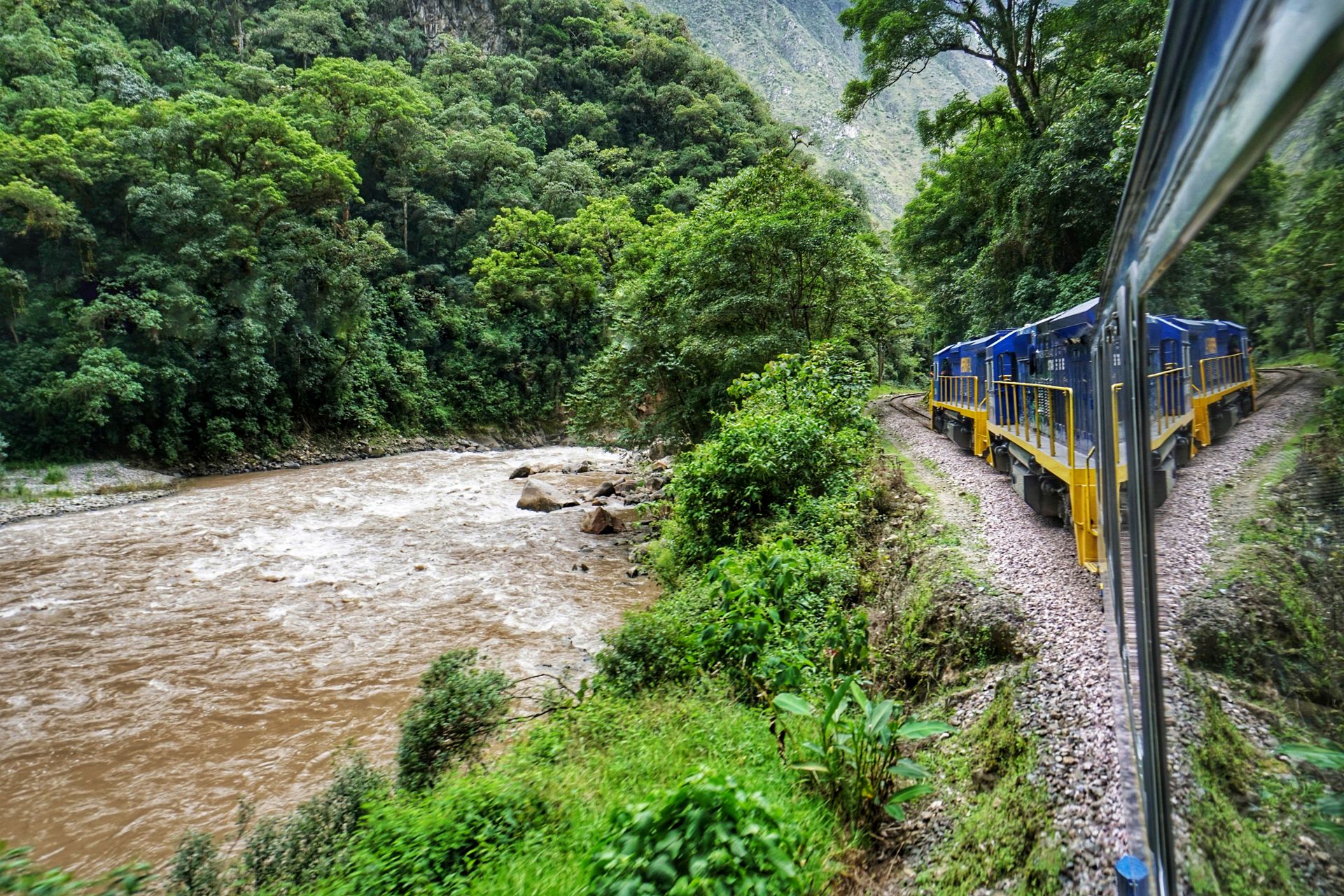
Arriving in Machu Picchu Pueblo, we found that it consists of only two things: hotels and restaurants. Honestly, a trip to Machu Picchu is like a parallel world to the true Peru: Suddenly you are surrounded by tourists, nice restaurants, and English-speaking Peruvians, and there is no street noise. It's very nice in a way, but simply not authentic for Peru.
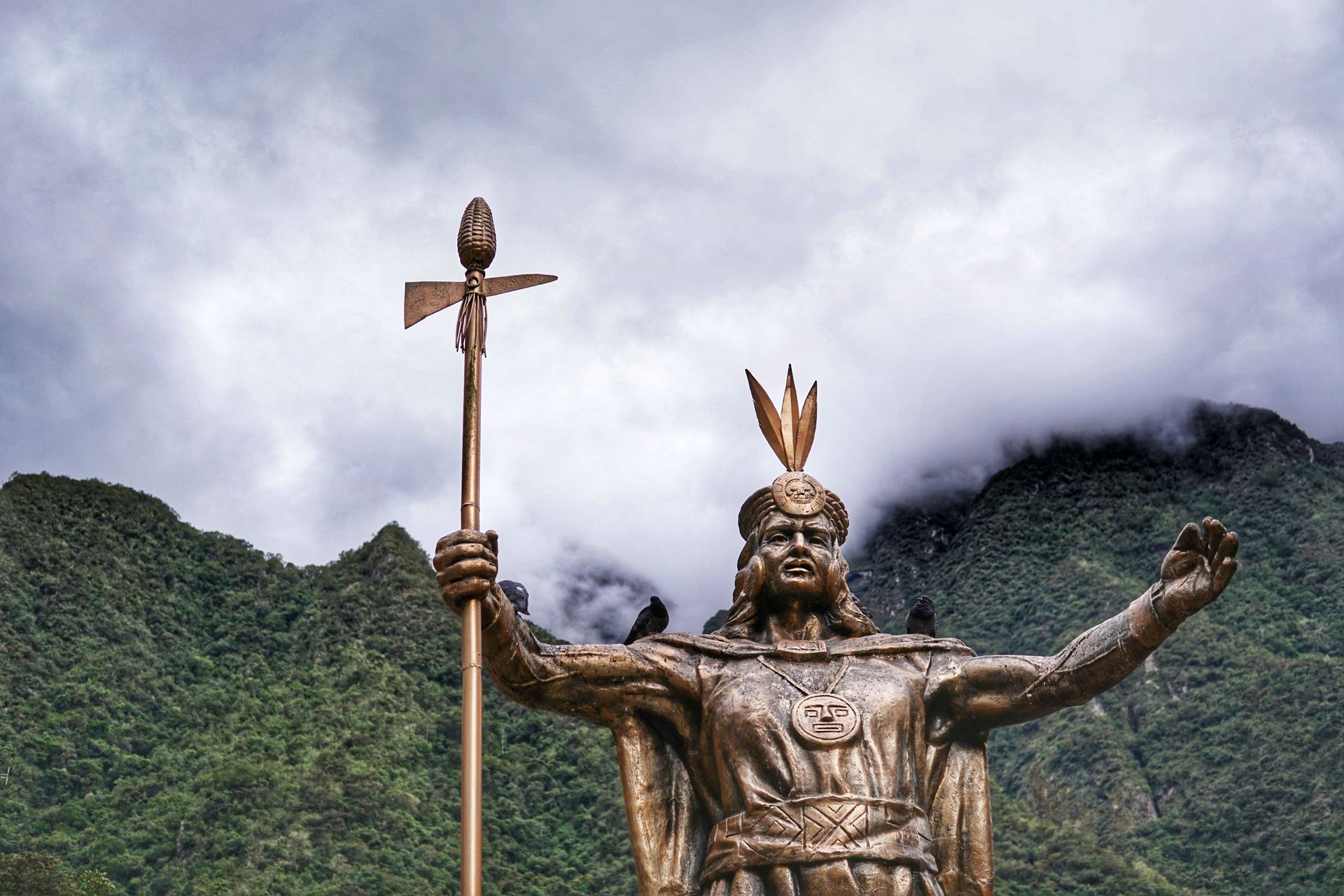
To get from the village to Machu Picchu itself, there are also the alternatives of a steep and steep hiking trail or a half-hour bus ride. We decided to take the bus up in the morning and walk back on foot in the afternoon. This decision was mainly made because our Machu Picchu ticket was time-bound and we had to be at the back end of the site at 7 a.m. to climb Huayna Picchu, a mountain next to the Inca site. Therefore, we took the bus at 5:30 a.m., drove up to the Inca ruins through thick fog, and made our way through the foggy, mystical Machu Picchu to start our mountain ascent. This consisted of about 600 steep and sometimes almost 1 meter high steps along steep cliffs, which took our breath away in the literal sense.


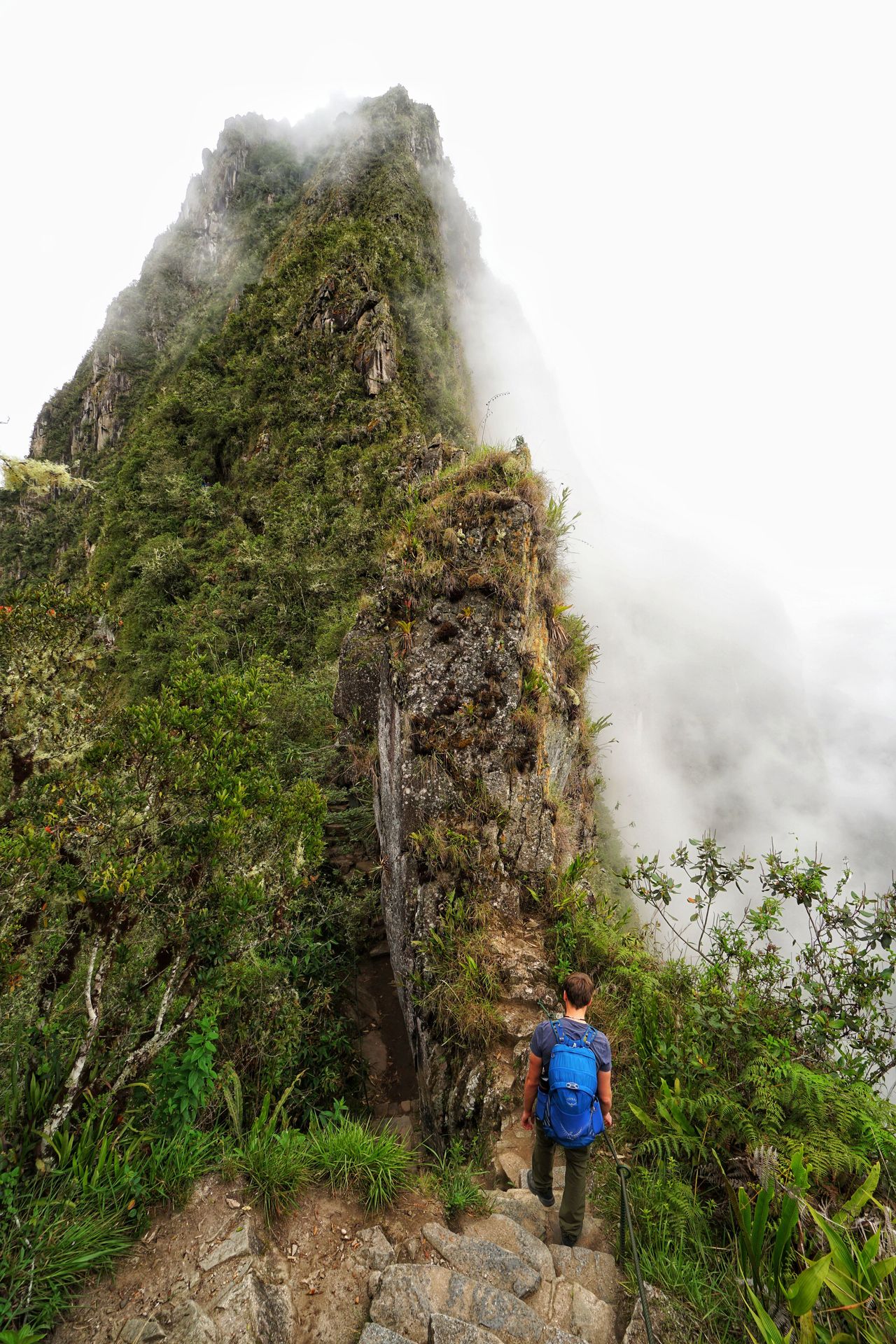
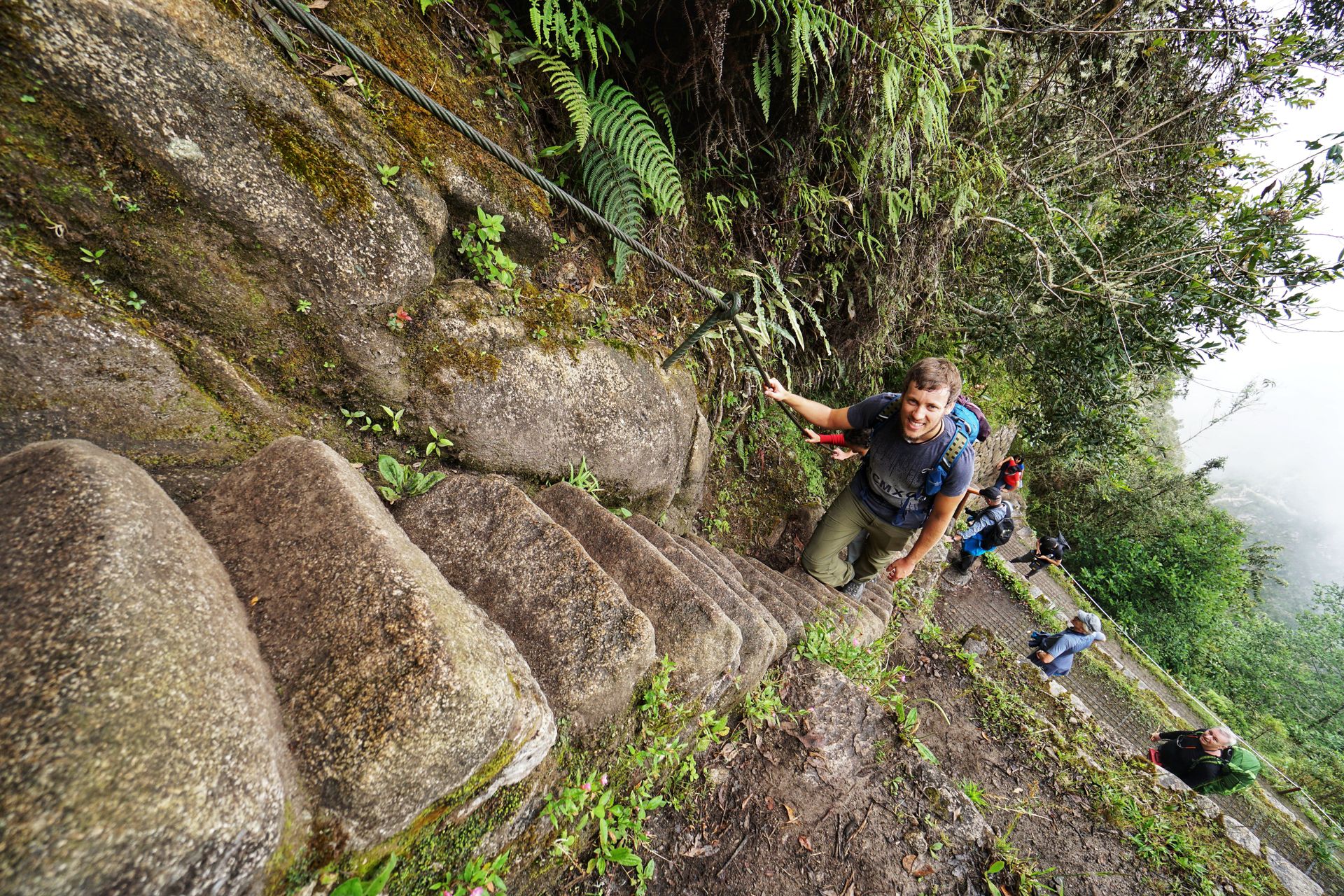
When we finally reached the summit after about 1.5 hours (Natalie a little shaky from the "Stairs of Death"), we realized that it was no longer just foggy, but also starting to rain. What we initially dismissed as a brief shower to ourselves and all our fellow hikers quickly turned into hours of rainy weather, which meant that the view of Machu Picchu from Huayna Picchu was denied to us and we began our slippery and soaking wet descent. Nevertheless, a hike to Huayna Picchu is worthwhile alone because of the thrill, even if you should be very flexible to squeeze through very small gaps and climb high steps.
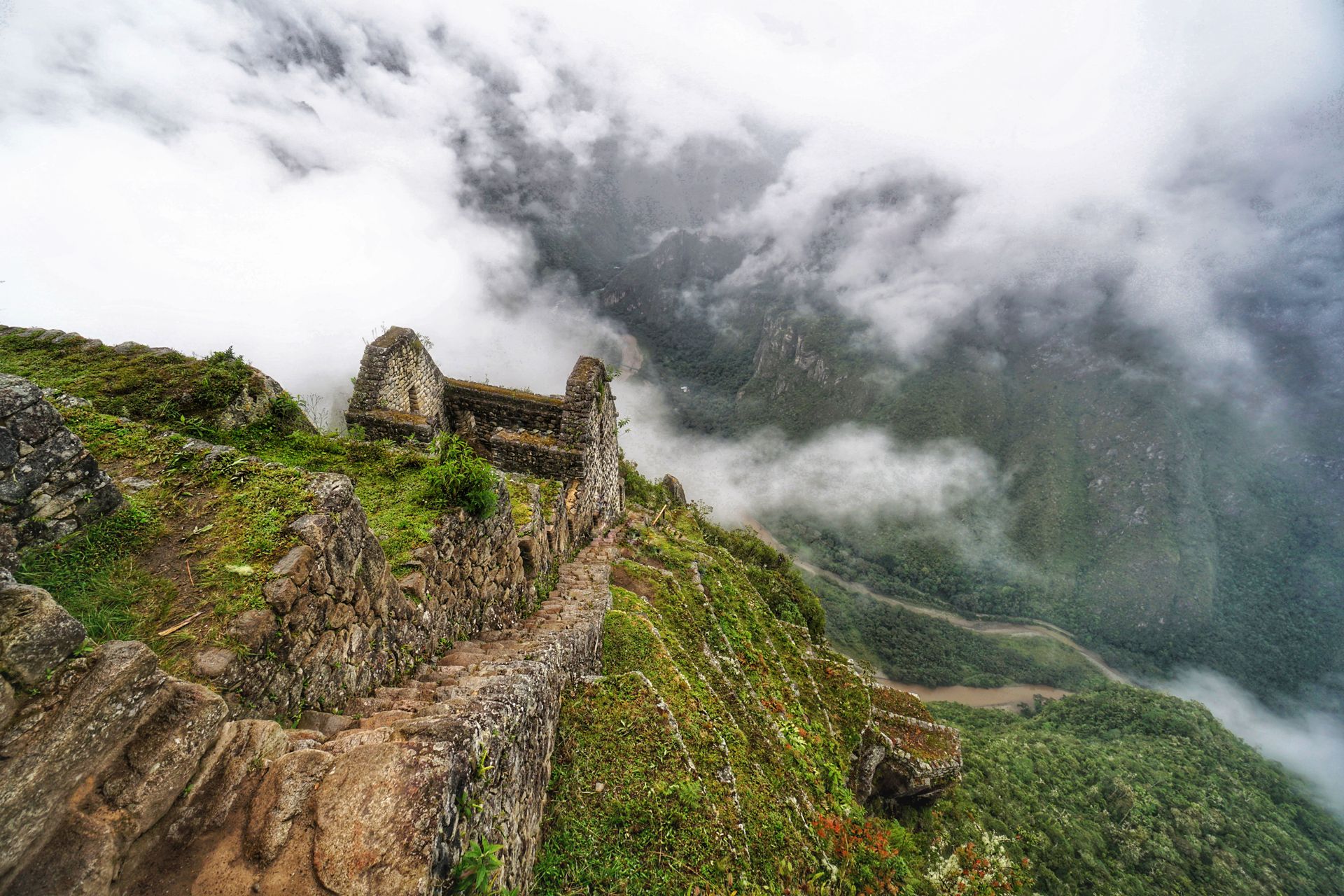
Unfortunately, the bad weather continued further down in the Inca ruins themselves, and since you only have a limited time period after entering the ruins, we had to reluctantly accept that we would not see every corner in full splendor. But we consoled ourselves with the fact that it is probably rarer to explore Machu Picchu in pouring rain than in sunshine, and that we got impressions and photos that you won't find on Google or postcards. So in the rain, Machu Picchu turns into a river with many small waterfalls and drives away most tourists, which allowed us to experience the ruins somewhat undisturbed (OK, except for the fact that we were soaking wet and half frozen).
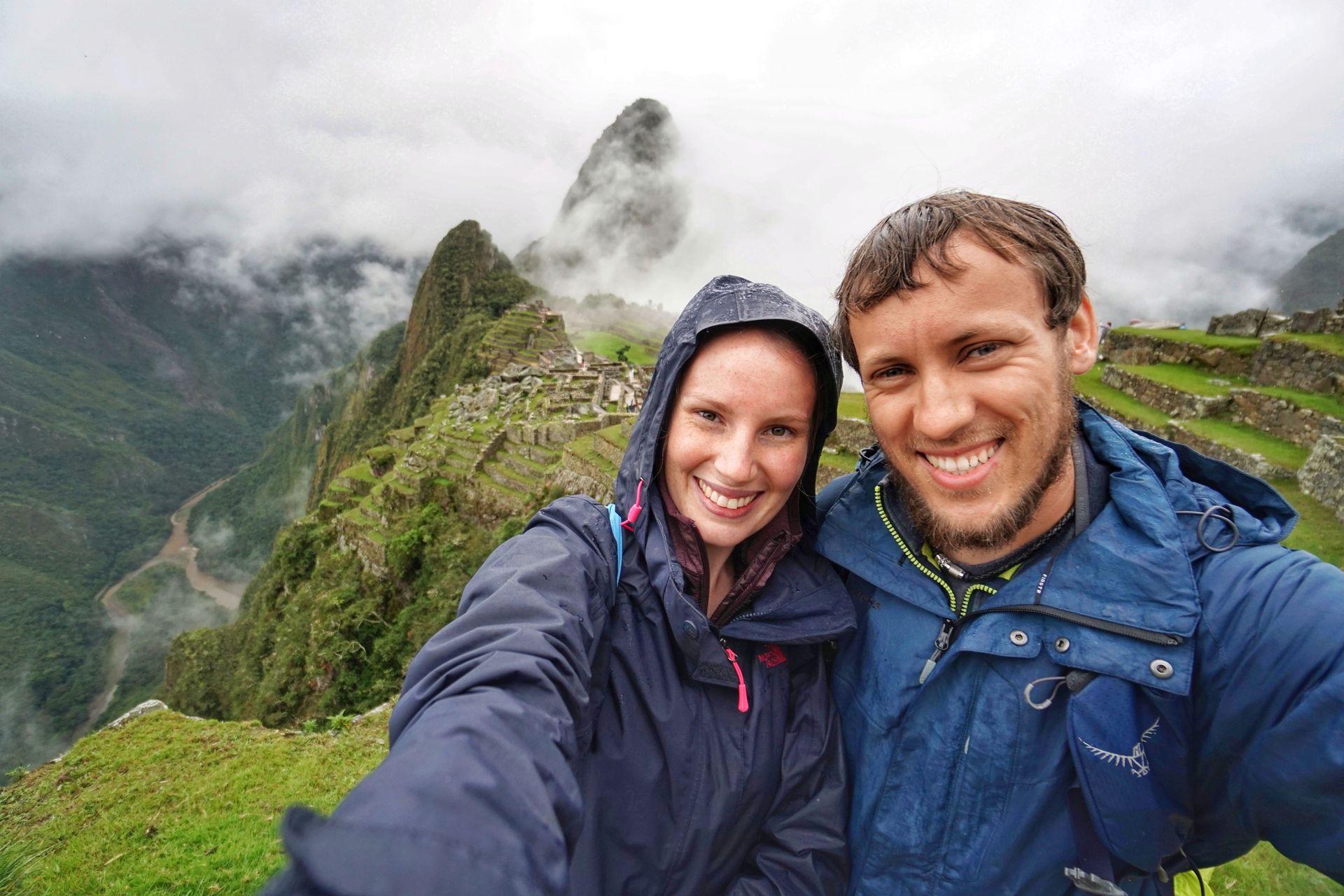
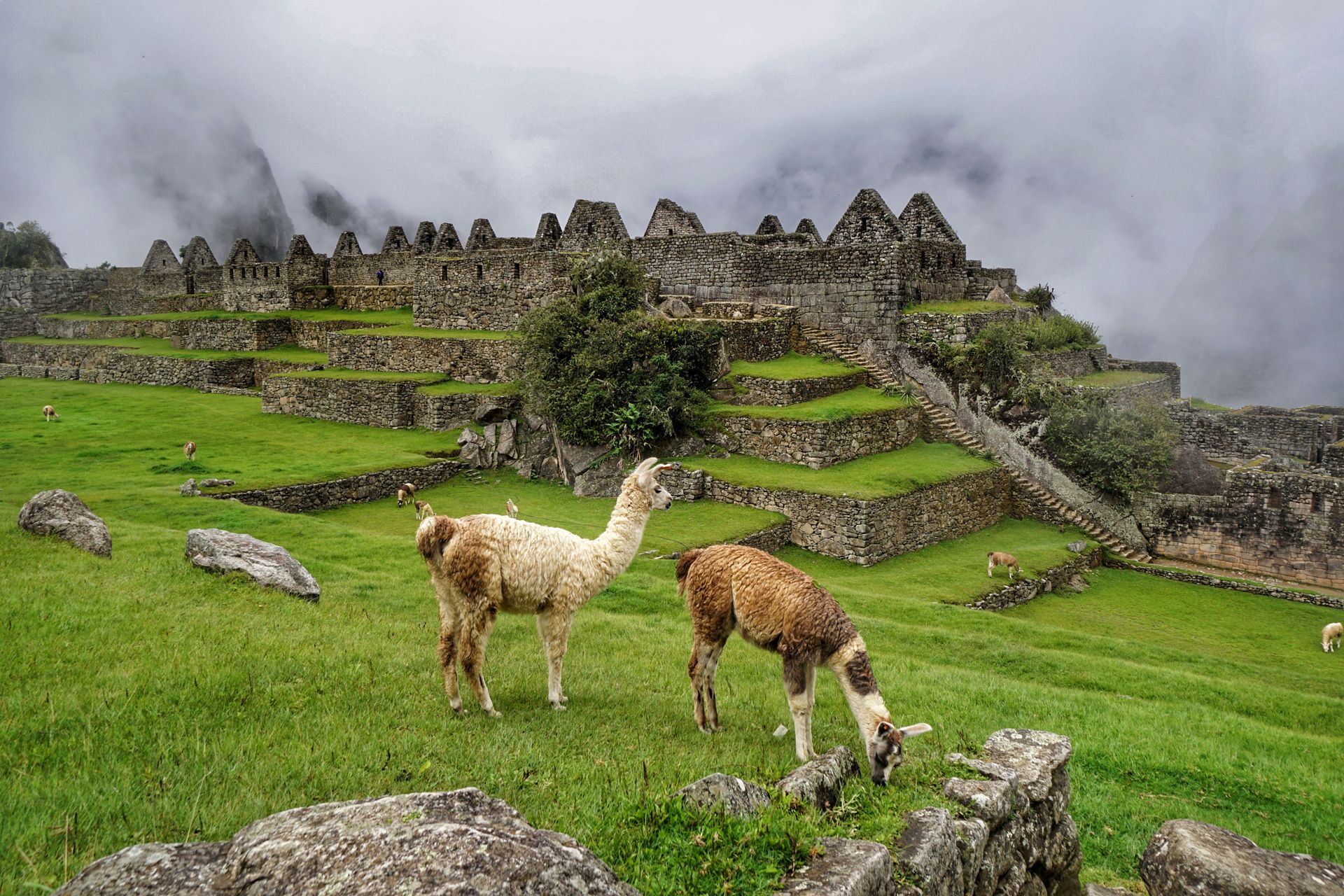


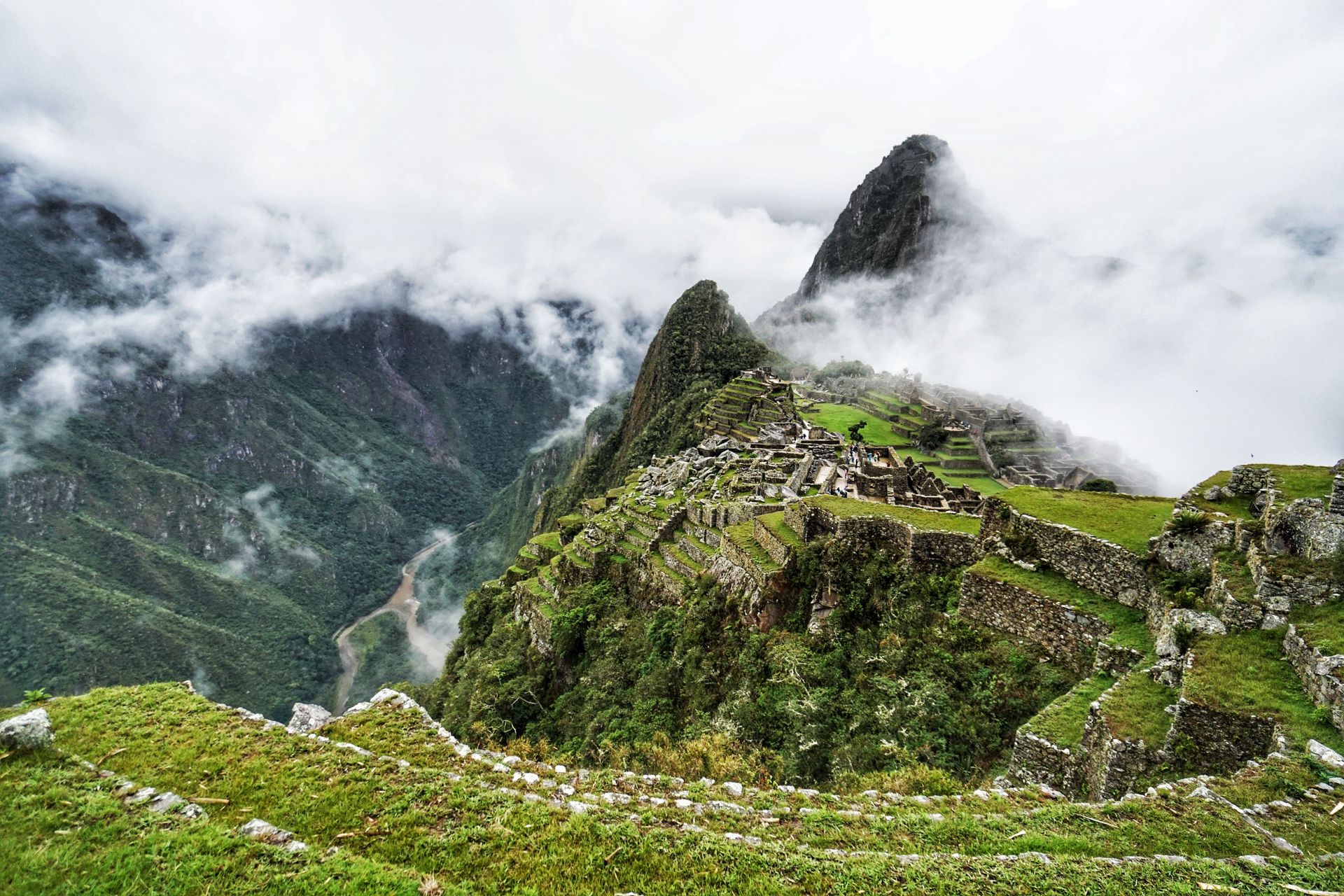
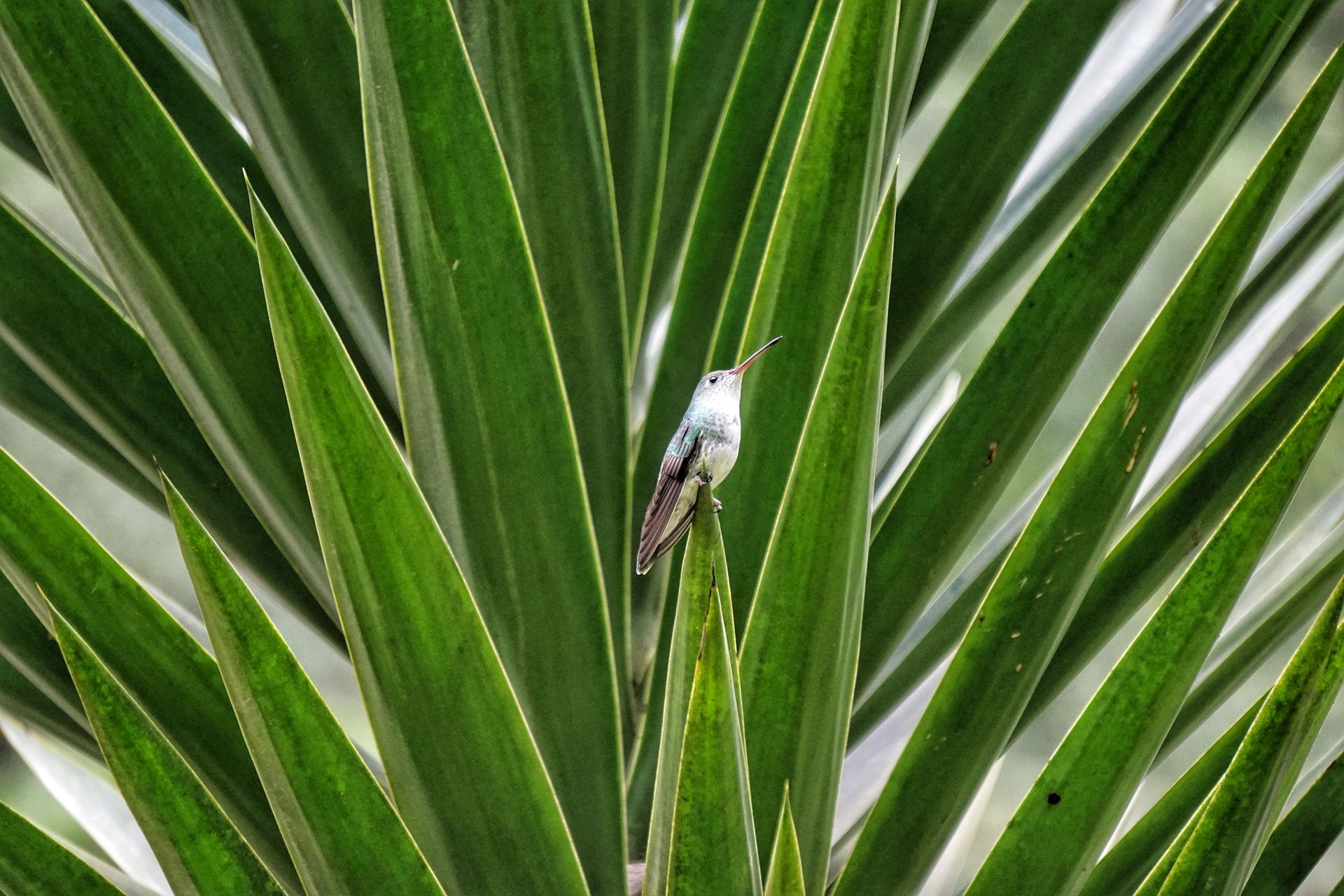
And fortunately, the bad weather stopped towards the end of our stay, so the descent of over 1700 steps back to the village was a successful conclusion to an exciting day. In short, it can be said that for Machu Picchu, you need a good rain jacket, strong knees, and patience in order to experience it in all its splendor. But at least the patience part probably applies to many things in South America.
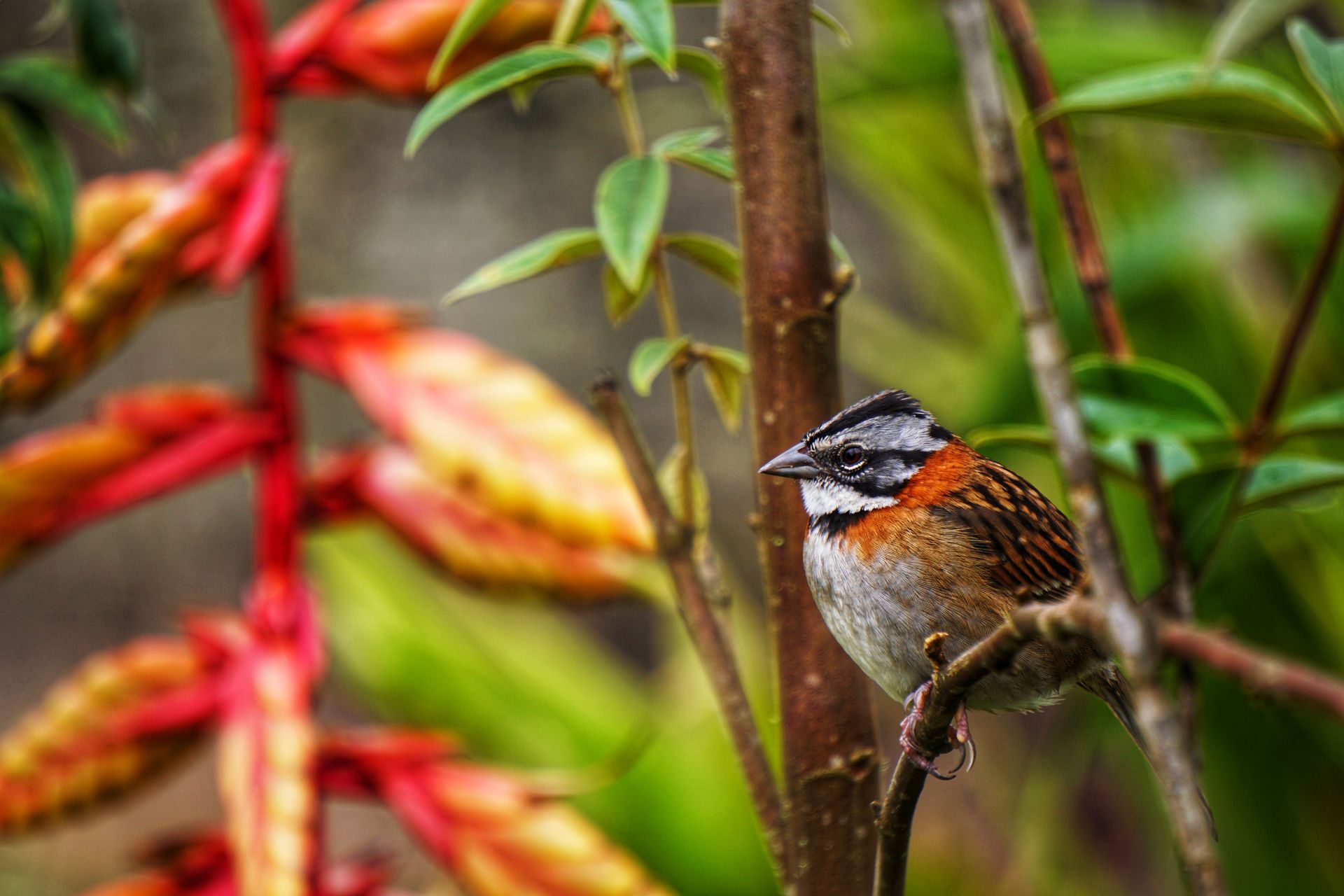

Conclusion: The Sacred Valley has a lot to offer, much more than just Machu Picchu. And while we were very impressed by the size and surroundings of Machu Picchu, it was the other Inca ruins that brought us closer to this culture and enchanted us.
After these beautiful days, we only relaxed in the most beautiful accommodation of our trip to Peru and then made our way back to Lima, so this is the last entry about Peru. Peru, you blew us away in a positive but also negative sense. Your nature and cultural sites, your handicrafts and your food were worth a trip and will always remain in our memory. However, for next time, we would prefer if you could turn down the volume a bit and improve your hygienic "standards" a bit.
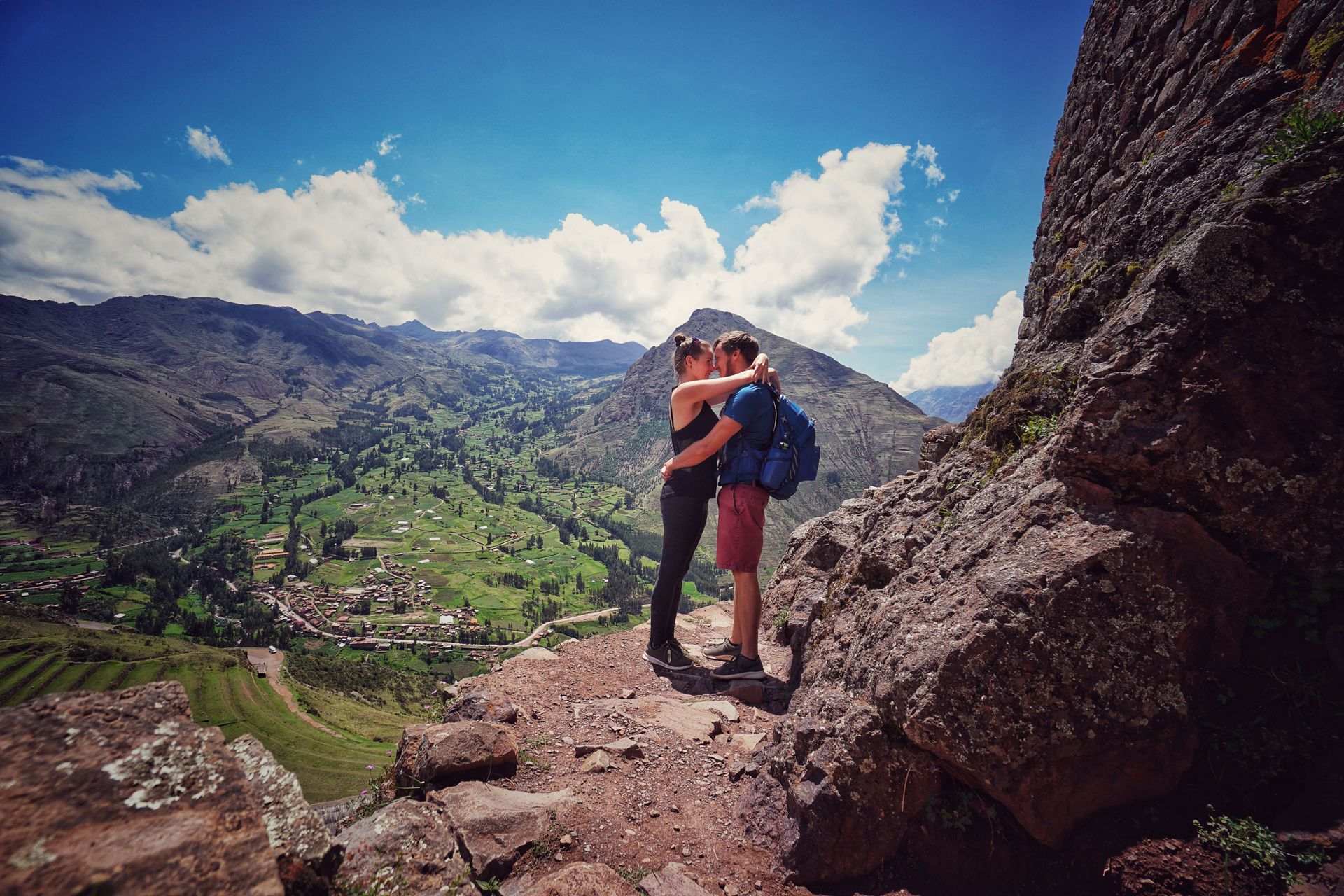
And with that: Good morning Chile!
Song of our Inca Adventures: Just one day - Mighty Oaks
S'inscrire à la Newsletter
Répondre (2)
Dave
Wow! That's a lot of stairs! How many rock souvenirs did you carry down???
Great pictures! We are all very impressed by your photos. We will show them to Opi on Sunday. I'm even more impressed that anyone can climb those stairs.
I used to be younger and fitter, but I don't think I could have done it then.
Mama wants to say "es ist toll".Natalie
I didn't find any cool rocks there, but now I've found some and I'm going to keep them, no matter what happens. If necessary I will carry them in my backpack for the whole year :D I found a fossil and a rock that turned into glass when a volcano erupted 10 years ago!
Honestly the stairs were pretty bad for my knees, but it was worth it.
I'm happy you're enjoying our pictures! :)
Rapports de voyage Pérou
